If you notice that your kitchen sink is clogged and your toilet is backing up, the first thing you should try is using a plunger. This common household tool can be very effective in removing blockages and getting your drains flowing again. Make sure to use a plunger specifically designed for sinks, as it will have a smaller suction cup that can create a tighter seal. Start by filling the sink with a few inches of water to create suction. Place the plunger over the drain and push down, then quickly pull up. Repeat this motion several times to help loosen and remove any debris in the pipes. If the blockage is further down the pipes, you may need to use a more specialized tool.1. Plunger
If the plunger doesn't do the trick, a drain snake or auger can be used to reach deeper into the pipes and remove the clog. These tools are typically a long, flexible metal cable with a small auger at the end that can be inserted into the drain. As you turn the handle, the auger will grab onto any debris and pull it out. When using a drain snake, be sure to follow the instructions carefully and avoid using too much force, as you could damage the pipes. If you're not comfortable using a drain snake, it's best to call a professional plumber for assistance.2. Drain Snake
If you prefer a more natural approach, you can try using a mixture of baking soda and vinegar to unclog your kitchen sink and back up your toilet. Simply pour half a cup of baking soda down the drain, followed by half a cup of vinegar. Let it sit for about 30 minutes, then pour hot water down the drain to flush out any debris. The combination of baking soda and vinegar can create a chemical reaction that helps to break down and dissolve blockages. However, this method may not be as effective for larger or more stubborn clogs.3. Baking Soda and Vinegar
If you have a minor clog in your kitchen sink, boiling water may be all you need to clear it out. This method is simple and easy, but can be very effective in breaking down grease and other substances that may be blocking your pipes. Simply boil a pot of water and carefully pour it down the drain in stages, allowing the hot water to work its way through the pipes and break up any debris. Be careful not to use this method if you have PVC pipes, as the hot water could damage them.4. Boiling Water
Similar to using boiling water, dish soap and hot water can also help remove grease and other substances from your pipes. Start by squeezing a generous amount of dish soap down the drain, then pour a pot of hot water down after it. The dish soap acts as a lubricant, making it easier for the hot water to break down and flush out any blockages. This method can be repeated multiple times if necessary.5. Dish Soap and Hot Water
If you're dealing with a stubborn clog, an enzyme drain cleaner may be a good solution. These cleaners contain enzymes that break down organic materials, such as hair, food particles, and grease. They are typically safe for all types of pipes and can be effective in clearing out tough clogs. Follow the instructions on the cleaner carefully and allow it to sit for the recommended amount of time before flushing it out with hot water. Keep in mind that enzyme drain cleaners may take longer to work compared to chemical-based drain cleaners.6. Enzyme Drain Cleaner
A plumber's snake, also known as a plumbing auger, is a more heavy-duty version of a regular drain snake. This tool is typically used by professional plumbers to remove larger and more stubborn clogs. It consists of a long, flexible cable with a motorized auger at the end. Using a plumber's snake can be more complicated and potentially dangerous, so it's best to leave it to the professionals if you're not experienced with using one. However, if you do decide to use it, be sure to follow the instructions carefully and use protective gear.7. Plumber's Snake
For severe clogs that cannot be removed with traditional methods, hydro jetting may be the best solution. This process involves using high-pressure water to clear out the pipes and remove any stubborn blockages. It is typically used for larger commercial or industrial plumbing systems, but can also be used for residential purposes. Hydro jetting should only be done by a professional plumber, as it requires specialized equipment and training to perform safely and effectively. It is also important to note that hydro jetting can be quite expensive, so it should only be used as a last resort.8. Hydro Jetting
A plumbing auger, also known as a plumbing snake, is a more heavy-duty version of a regular drain snake. It is typically used for larger or more stubborn clogs and can reach deeper into the pipes. The auger has a rotating blade at the end that can break up and remove blockages. Using a plumbing auger can be more complicated and potentially dangerous, so it's best to leave it to the professionals if you're not experienced with using one. However, if you do decide to use it, be sure to follow the instructions carefully and use protective gear.9. Plumbing Auger
If all else fails, it's best to call in a professional plumber to unclog your kitchen sink and back up your toilet. They have the experience, knowledge, and tools necessary to handle any type of clog and get your drains flowing again. Professional plumbers can also identify and address any underlying issues that may be causing frequent clogs. They can also provide valuable tips and advice on how to prevent future clogs and maintain a healthy plumbing system. Dealing with a clogged kitchen sink and a backed-up toilet can be a frustrating and messy experience. However, with the right tools and techniques, you can effectively remove the blockage and get your drains back to working properly. If you're not comfortable or successful in unclogging your drains on your own, don't hesitate to call a professional plumber for assistance.10. Professional Plumbing Services
The Importance of Proper Drainage for a Fully Functional Kitchen and Bathroom

Don't Let a Clogged Kitchen Sink Back Up Your Toilet
 When it comes to designing a house, many people focus on the aesthetics and functionality of the living spaces, such as the living room, bedrooms, and kitchen. However, often overlooked is the importance of proper drainage in the kitchen and bathroom. A clogged kitchen sink backing up into the toilet is a common problem that can not only cause inconvenience but also pose health hazards. It is crucial to address any drainage issues in these areas to ensure a fully functional and healthy home.
Kitchen sinks
are one of the most used fixtures in a house. They are where we wash our dishes, prepare food, and dispose of waste. Over time, food scraps, oils, and other debris can build up inside the pipes and cause clogs. If left untreated, a clogged kitchen sink can lead to water backing up and overflowing into the surrounding areas, including the toilet. This can create a foul odor and make it difficult to use the bathroom. In extreme cases, it can even cause water damage to the floors and walls.
The same goes for
bathroom drains
. Hair, soap scum, and other debris can accumulate and cause blockages in the shower, sink, and toilet. A clogged bathroom drain can lead to slow drainage, foul odors, and even water backing up into the sink or shower. This is not only unpleasant but can also be a breeding ground for bacteria and germs, putting your family's health at risk.
To prevent these issues, it is essential to have proper
drainage systems
in place. This includes regularly cleaning out the drains and using drain covers to catch any debris. It is also crucial to be mindful of what goes down the drains, avoiding pouring oils, grease, and large food scraps down the kitchen sink and keeping hair and other debris out of bathroom drains.
In addition to regular maintenance, it is also important to have a professional plumber inspect and clean your drains at least once a year. They have the expertise and tools to thoroughly clean out any buildup and ensure that your drainage system is functioning properly. This will not only prevent clogs and backups but also extend the lifespan of your plumbing system.
In conclusion, proper drainage is a crucial aspect of house design that should not be overlooked. A clogged kitchen sink backing up into the toilet can cause inconvenience, health hazards, and damage to your home. By being mindful of what goes down your drains and investing in regular maintenance, you can ensure a fully functional and healthy kitchen and bathroom for years to come.
When it comes to designing a house, many people focus on the aesthetics and functionality of the living spaces, such as the living room, bedrooms, and kitchen. However, often overlooked is the importance of proper drainage in the kitchen and bathroom. A clogged kitchen sink backing up into the toilet is a common problem that can not only cause inconvenience but also pose health hazards. It is crucial to address any drainage issues in these areas to ensure a fully functional and healthy home.
Kitchen sinks
are one of the most used fixtures in a house. They are where we wash our dishes, prepare food, and dispose of waste. Over time, food scraps, oils, and other debris can build up inside the pipes and cause clogs. If left untreated, a clogged kitchen sink can lead to water backing up and overflowing into the surrounding areas, including the toilet. This can create a foul odor and make it difficult to use the bathroom. In extreme cases, it can even cause water damage to the floors and walls.
The same goes for
bathroom drains
. Hair, soap scum, and other debris can accumulate and cause blockages in the shower, sink, and toilet. A clogged bathroom drain can lead to slow drainage, foul odors, and even water backing up into the sink or shower. This is not only unpleasant but can also be a breeding ground for bacteria and germs, putting your family's health at risk.
To prevent these issues, it is essential to have proper
drainage systems
in place. This includes regularly cleaning out the drains and using drain covers to catch any debris. It is also crucial to be mindful of what goes down the drains, avoiding pouring oils, grease, and large food scraps down the kitchen sink and keeping hair and other debris out of bathroom drains.
In addition to regular maintenance, it is also important to have a professional plumber inspect and clean your drains at least once a year. They have the expertise and tools to thoroughly clean out any buildup and ensure that your drainage system is functioning properly. This will not only prevent clogs and backups but also extend the lifespan of your plumbing system.
In conclusion, proper drainage is a crucial aspect of house design that should not be overlooked. A clogged kitchen sink backing up into the toilet can cause inconvenience, health hazards, and damage to your home. By being mindful of what goes down your drains and investing in regular maintenance, you can ensure a fully functional and healthy kitchen and bathroom for years to come.
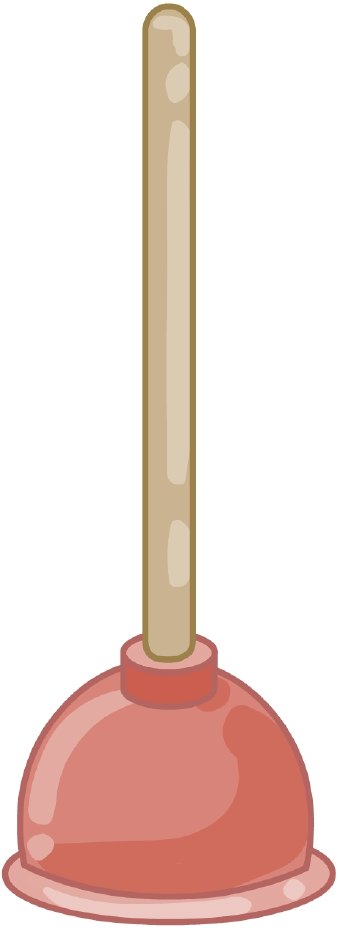







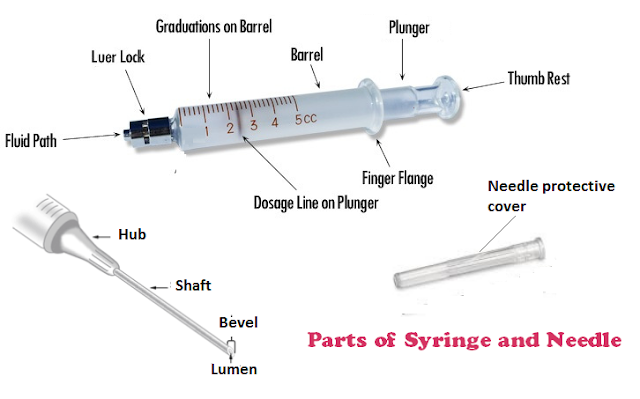
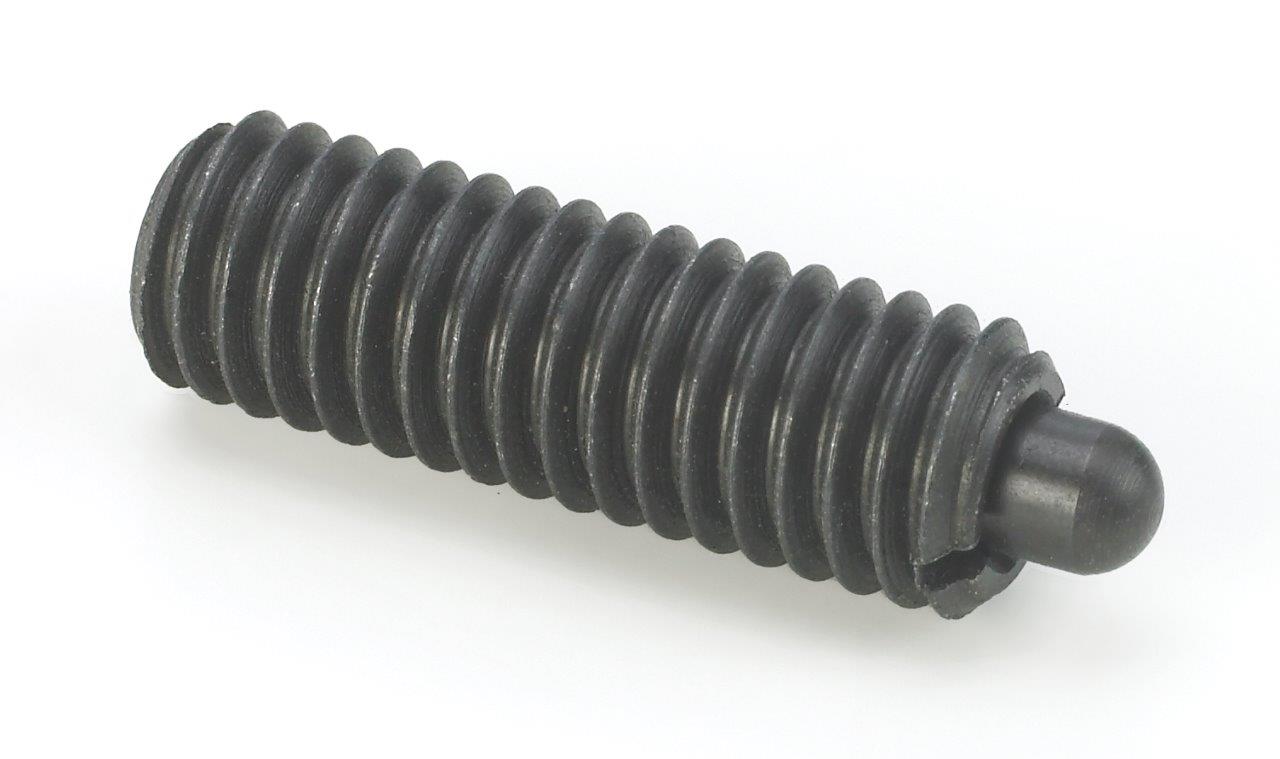

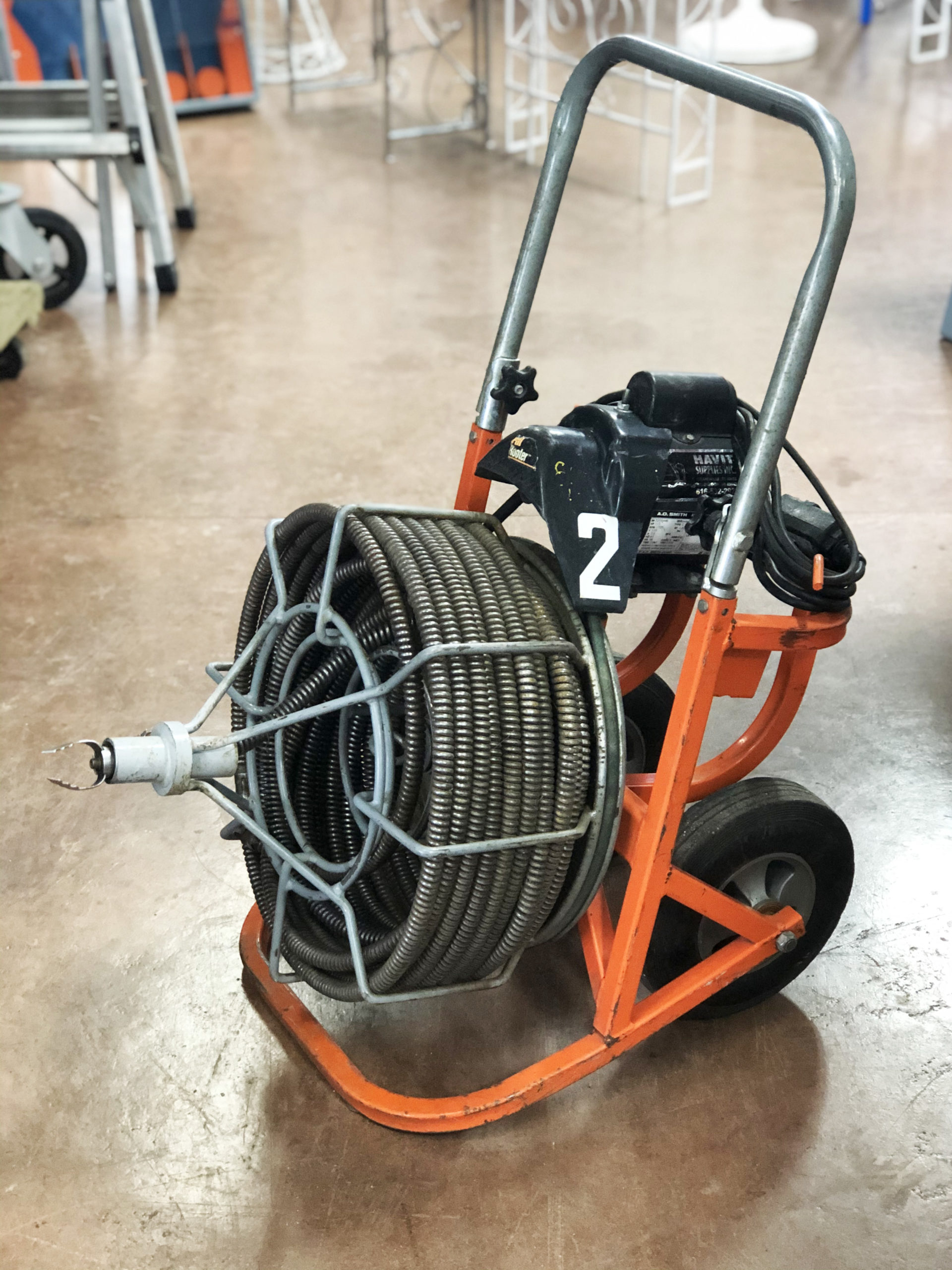
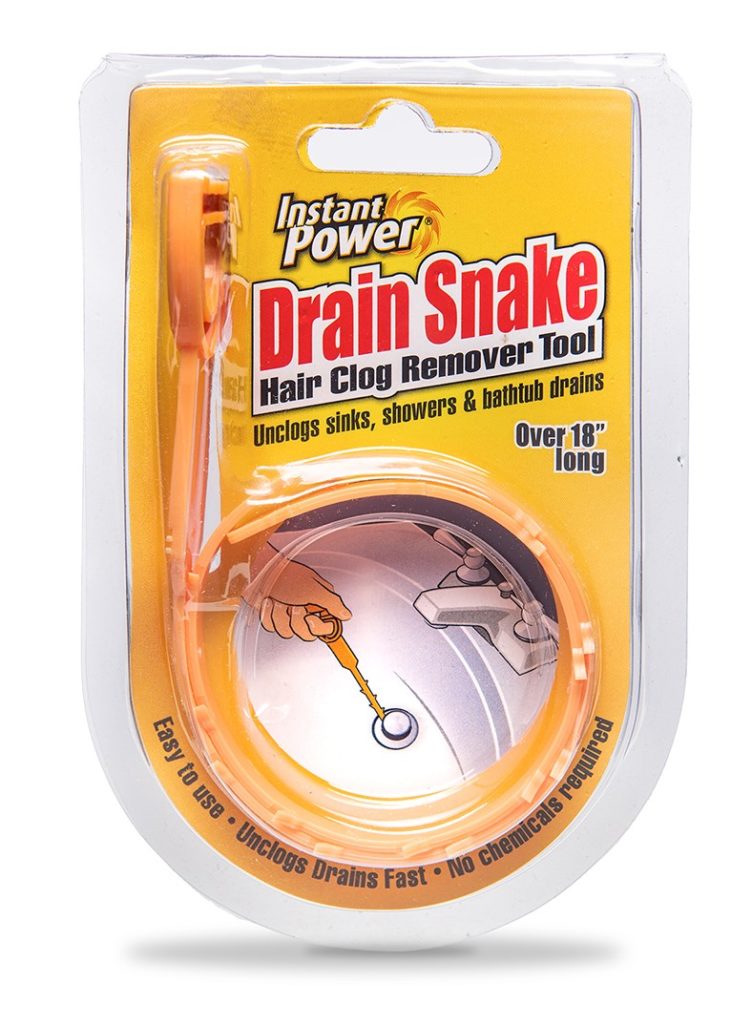

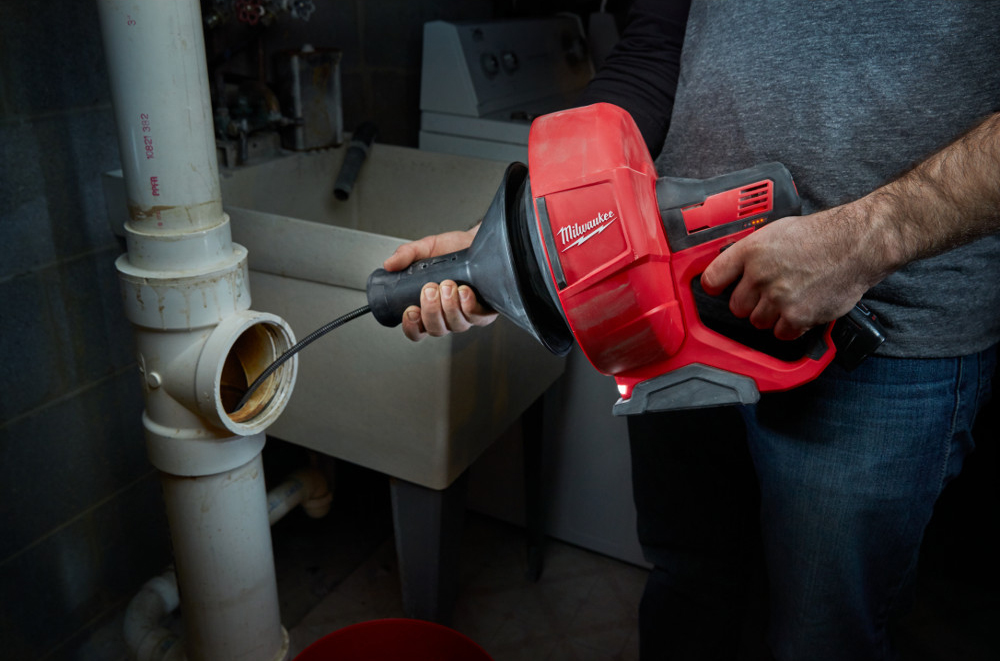


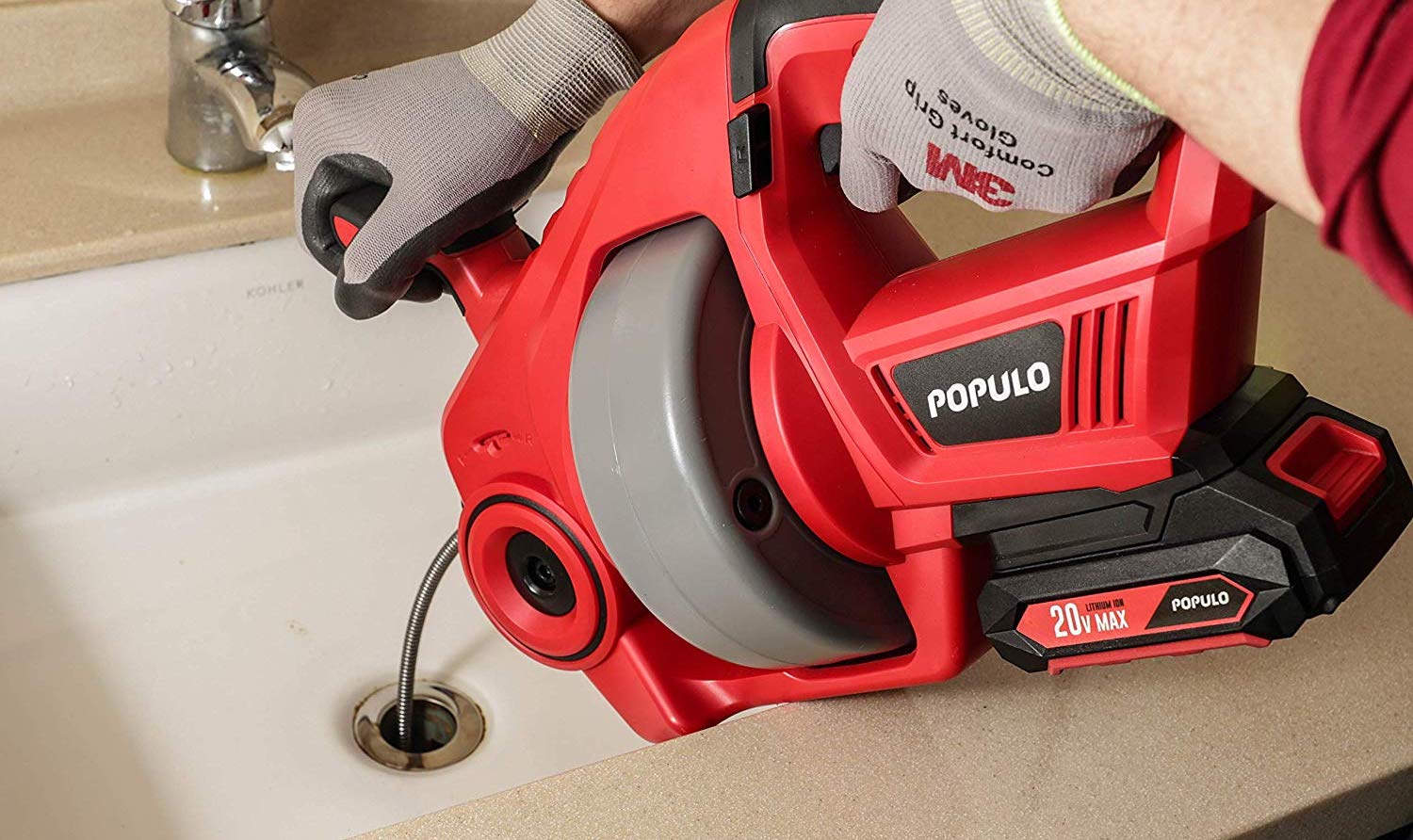
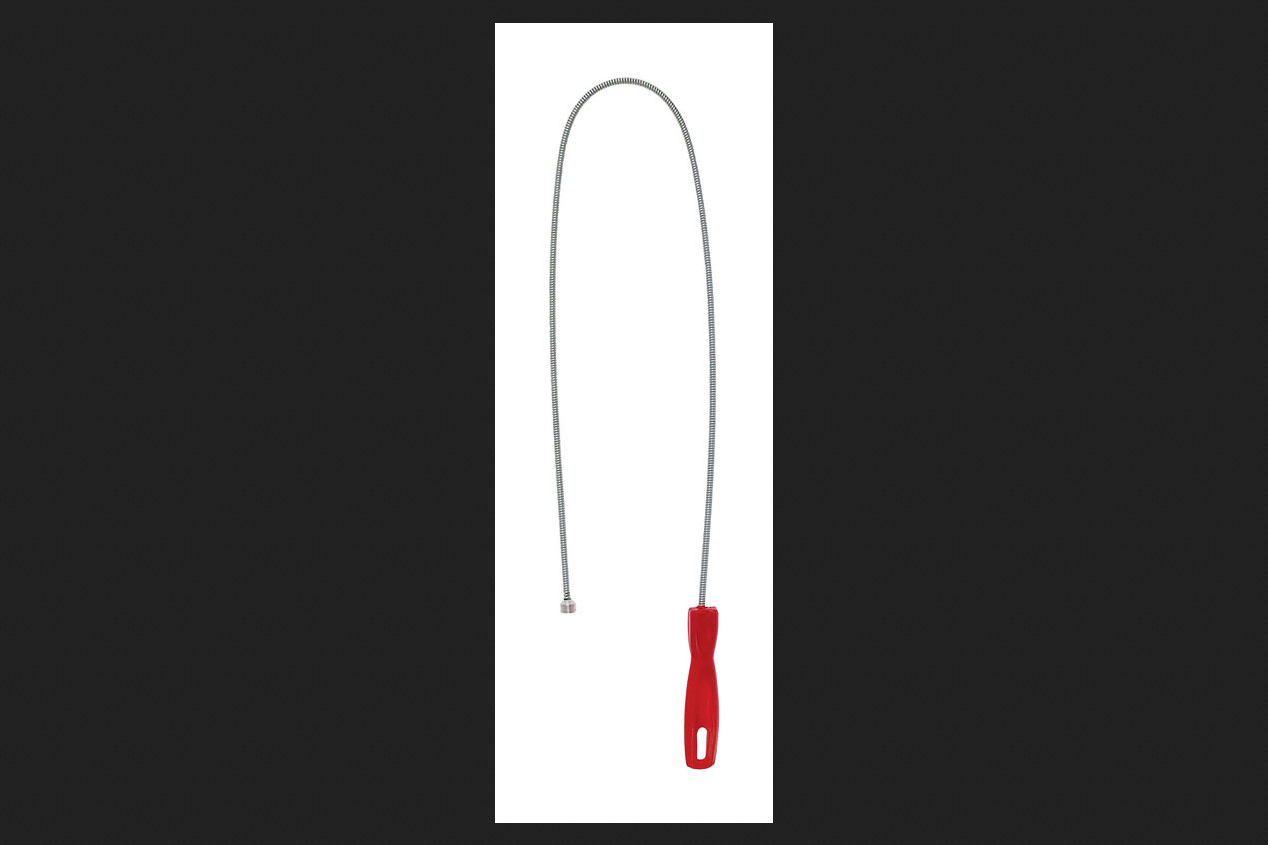
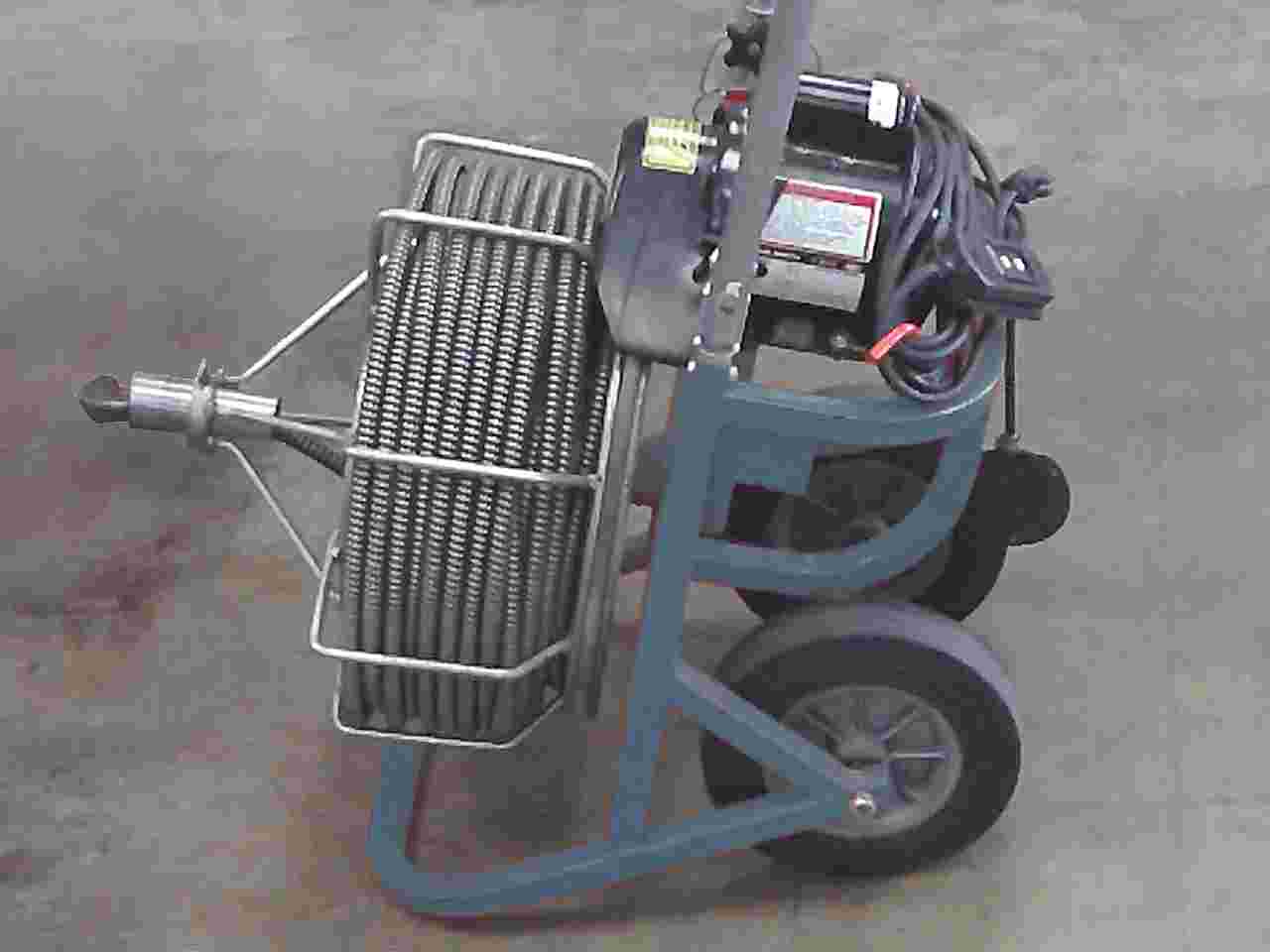







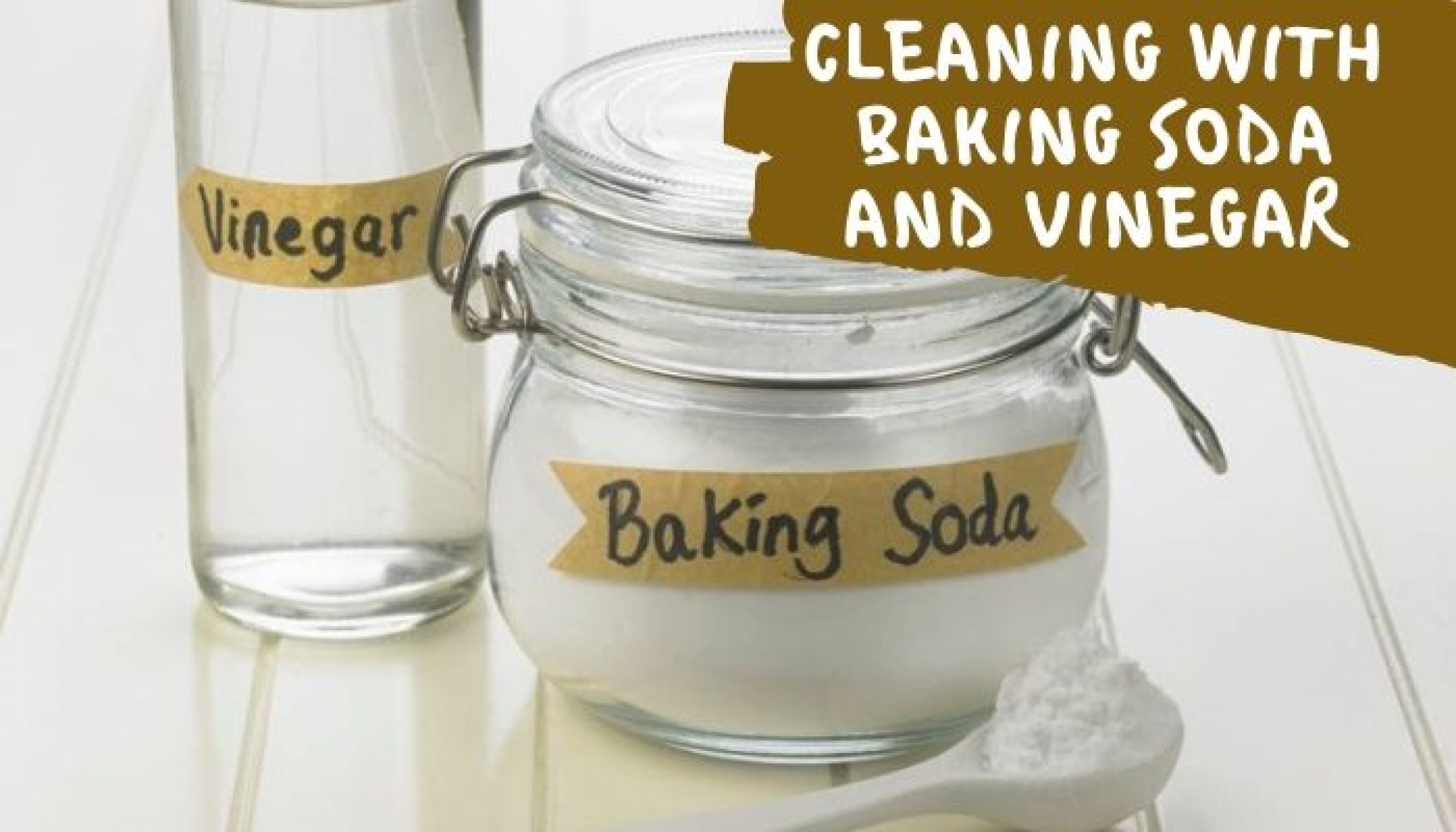



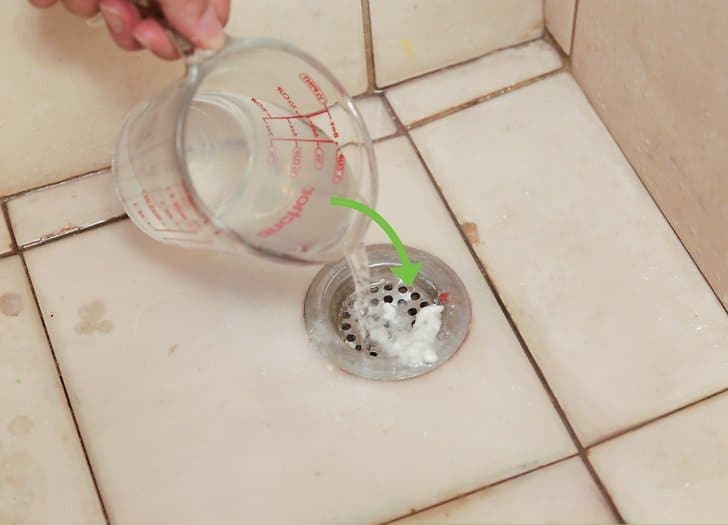



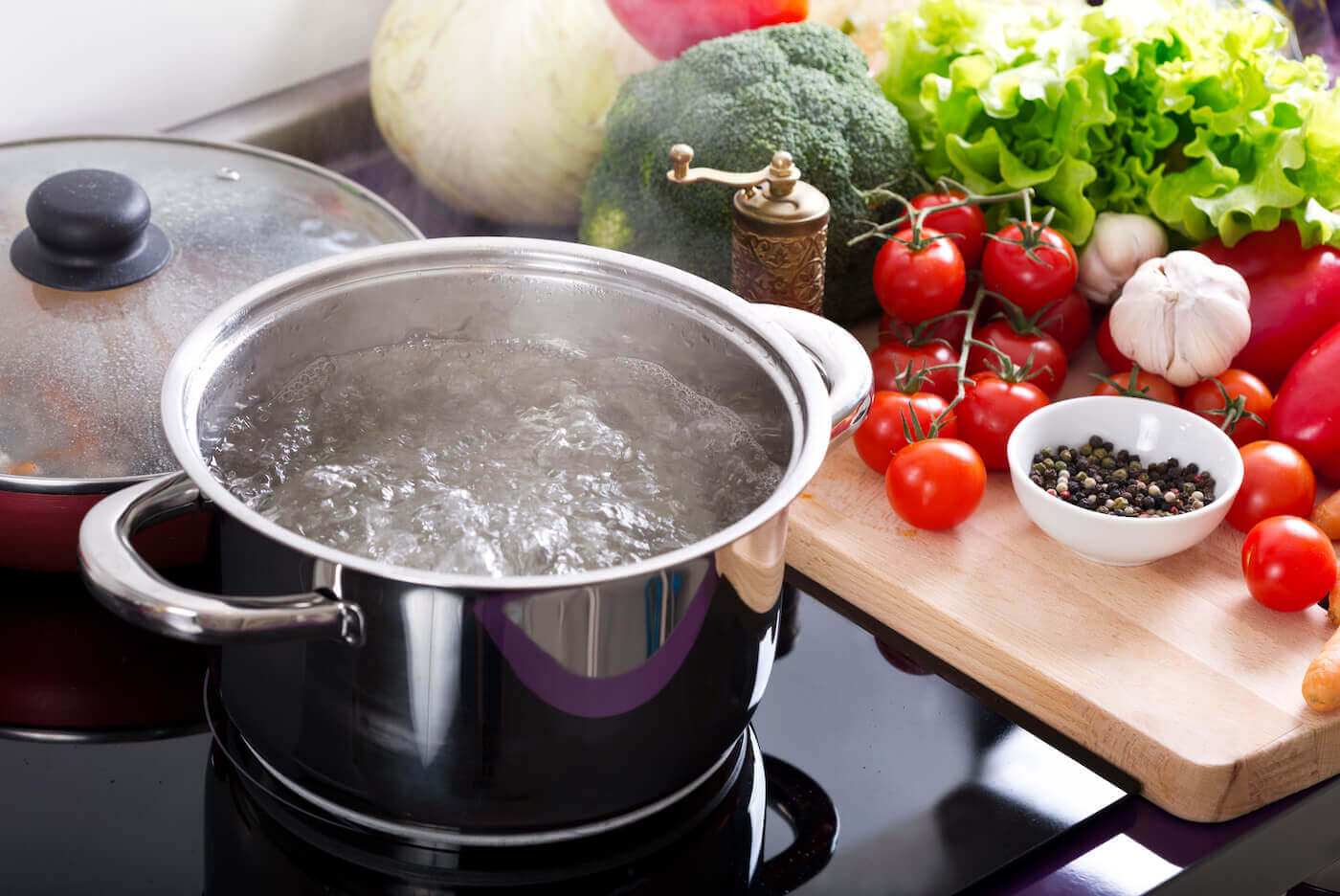
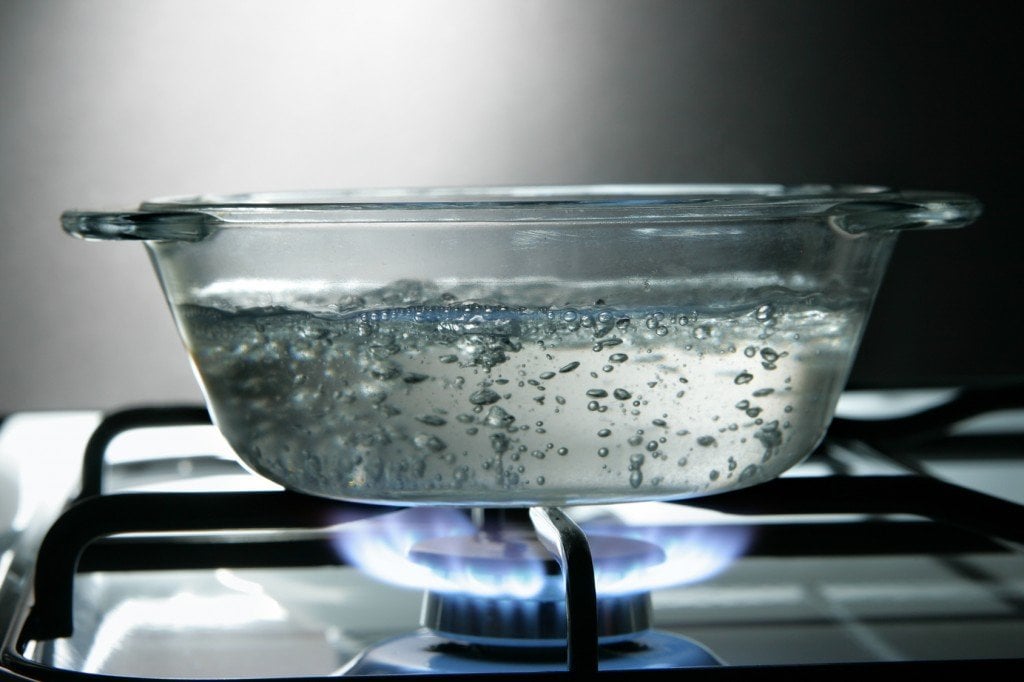


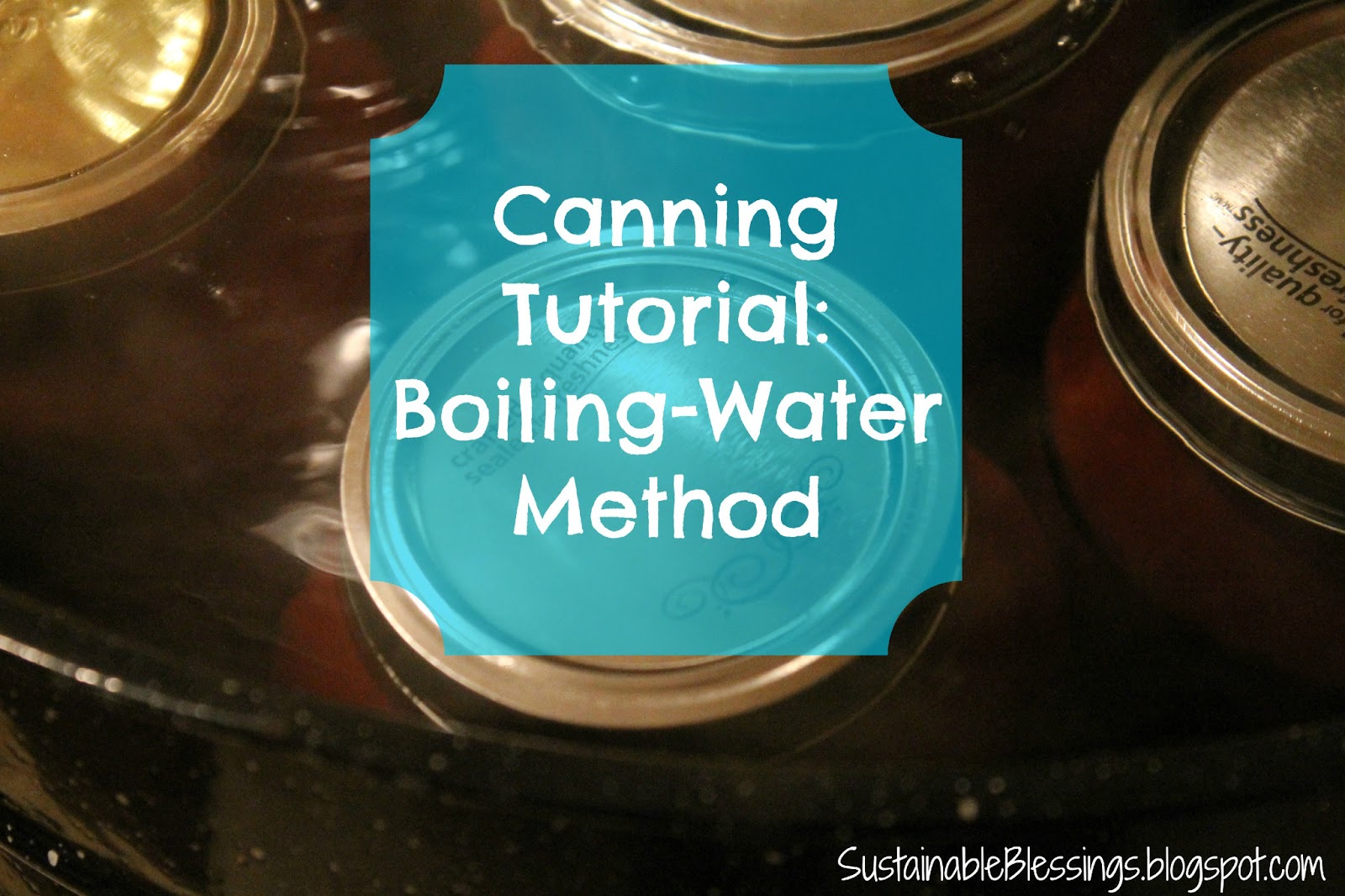


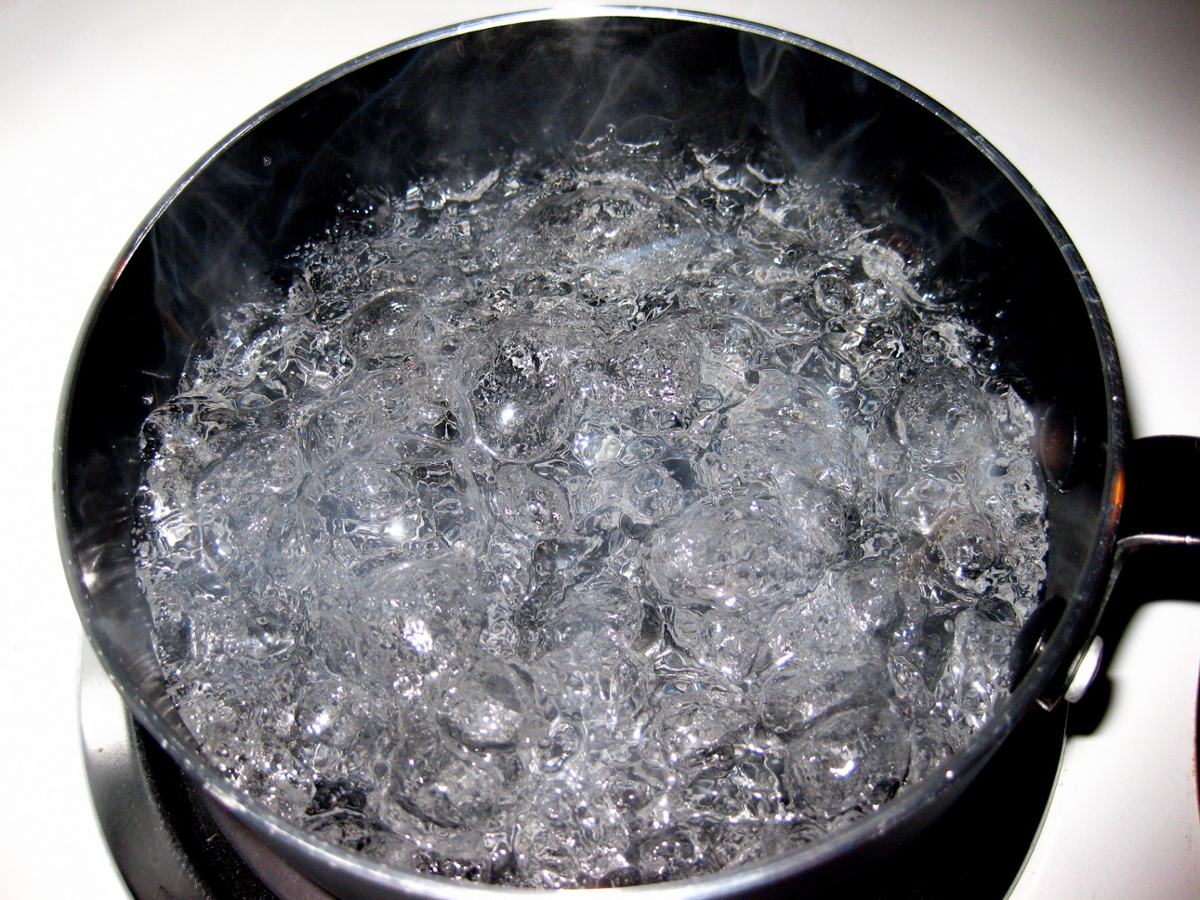



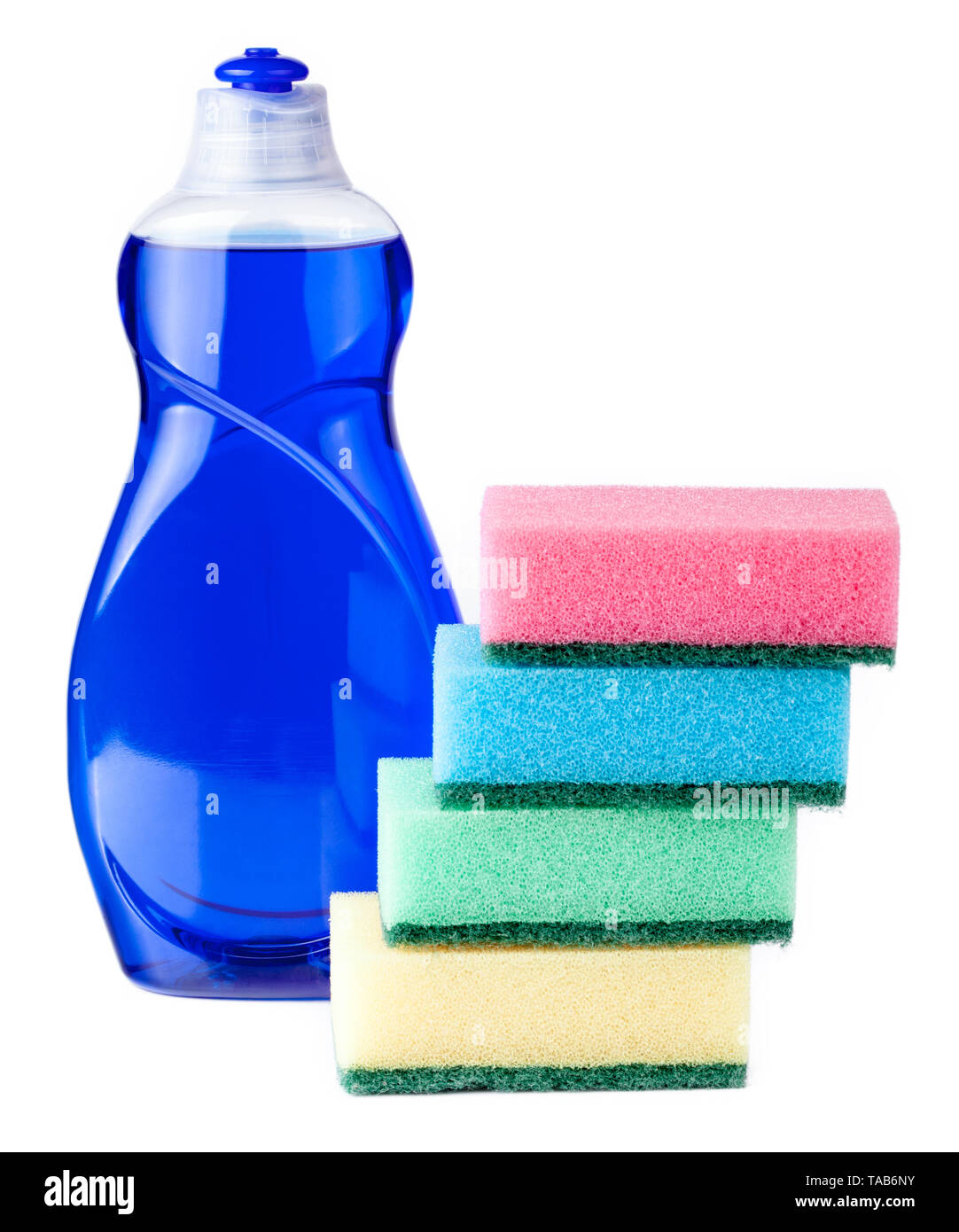
/GettyImages-80566571-5a1ca234aad52b00373338ff.jpg)
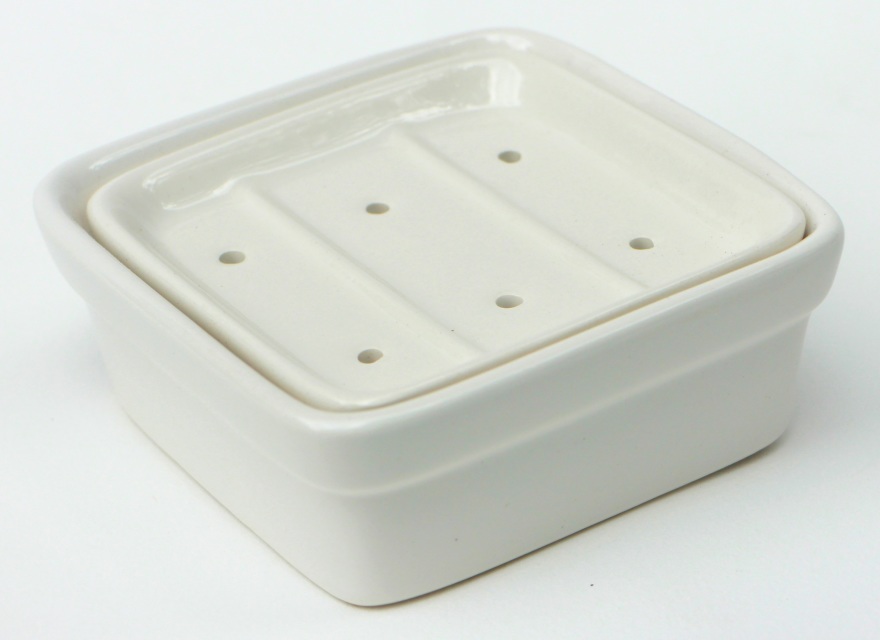

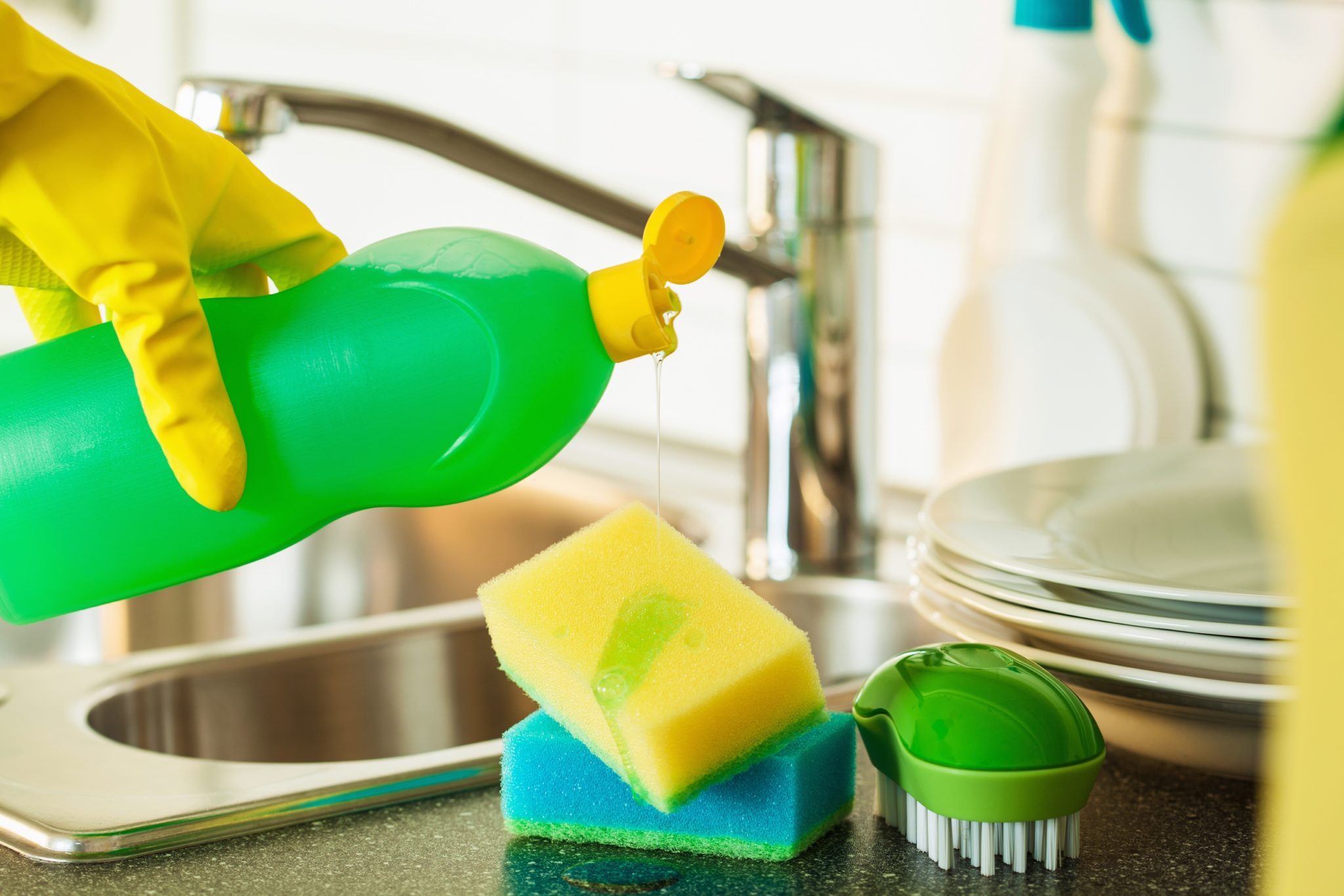
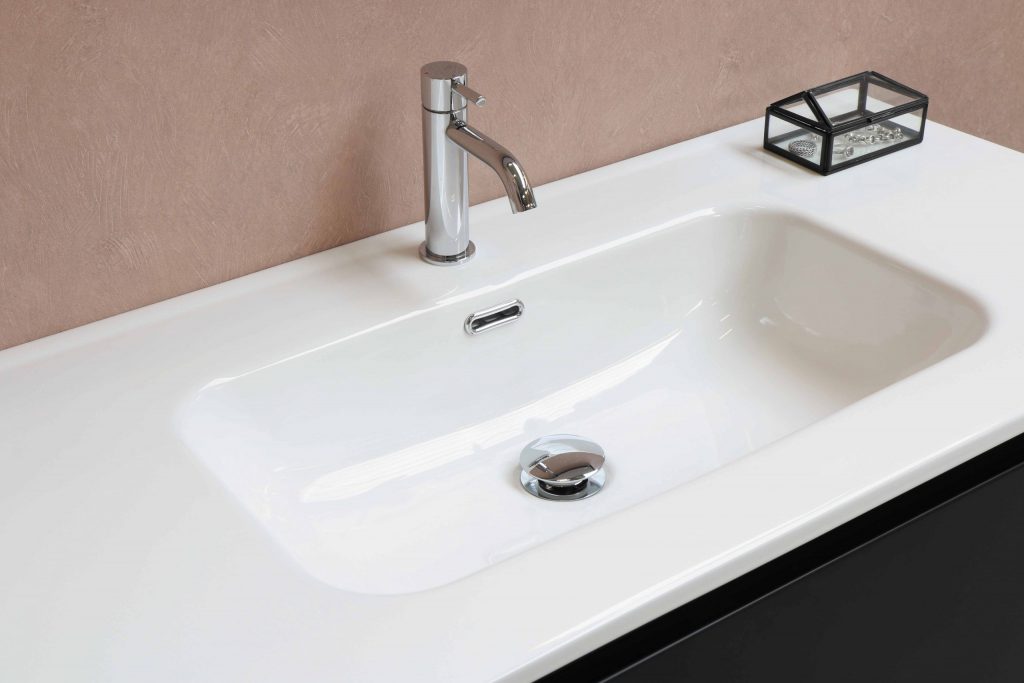

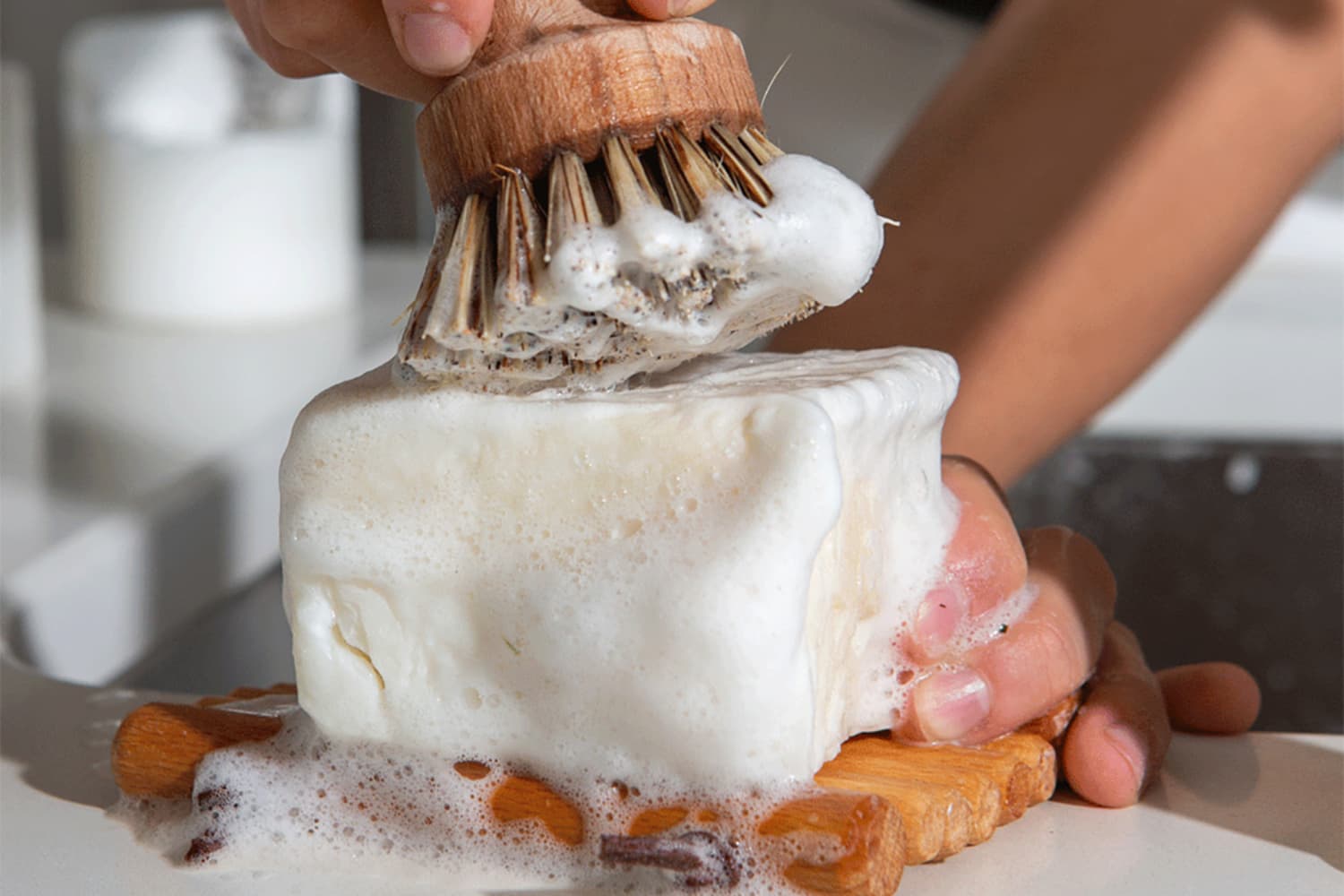
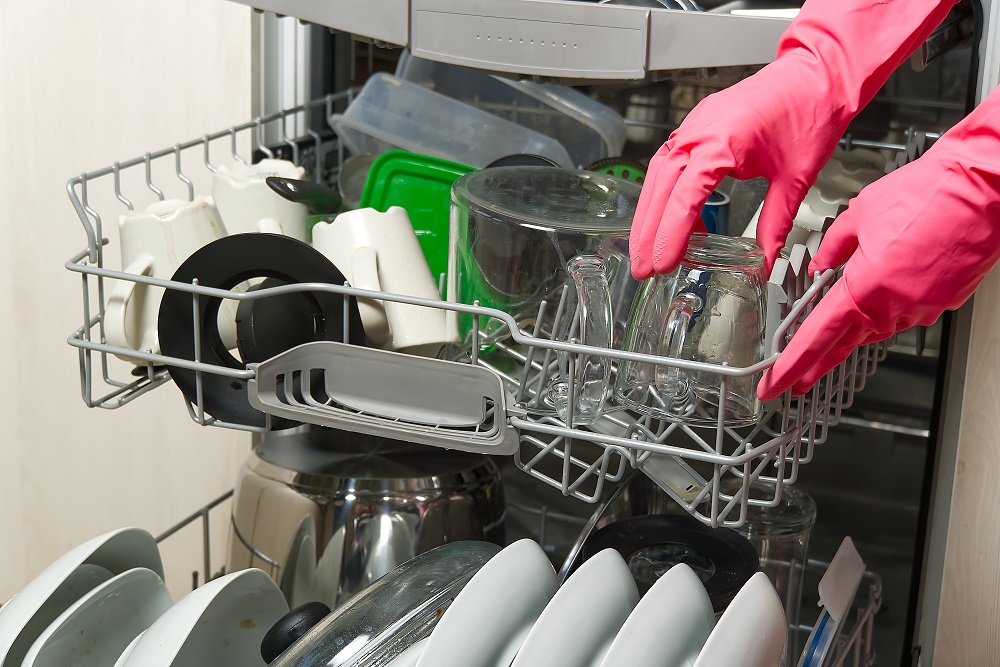

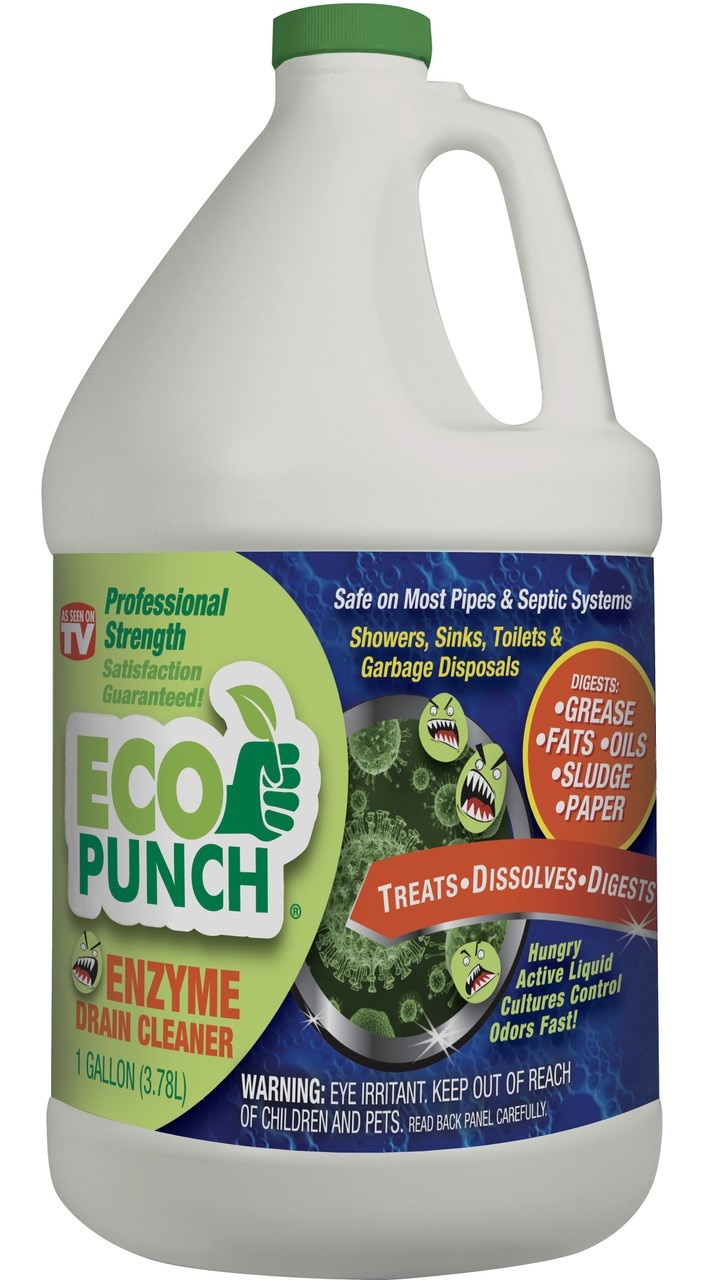





/GreenGobblerRefresh32oz-5bc63b0d4cedfd00266e4611.jpg)







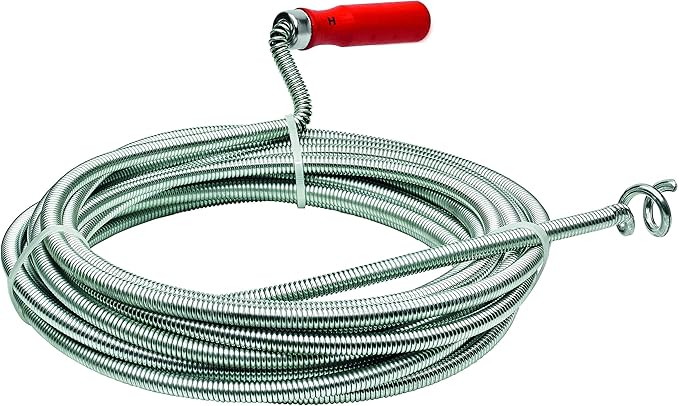

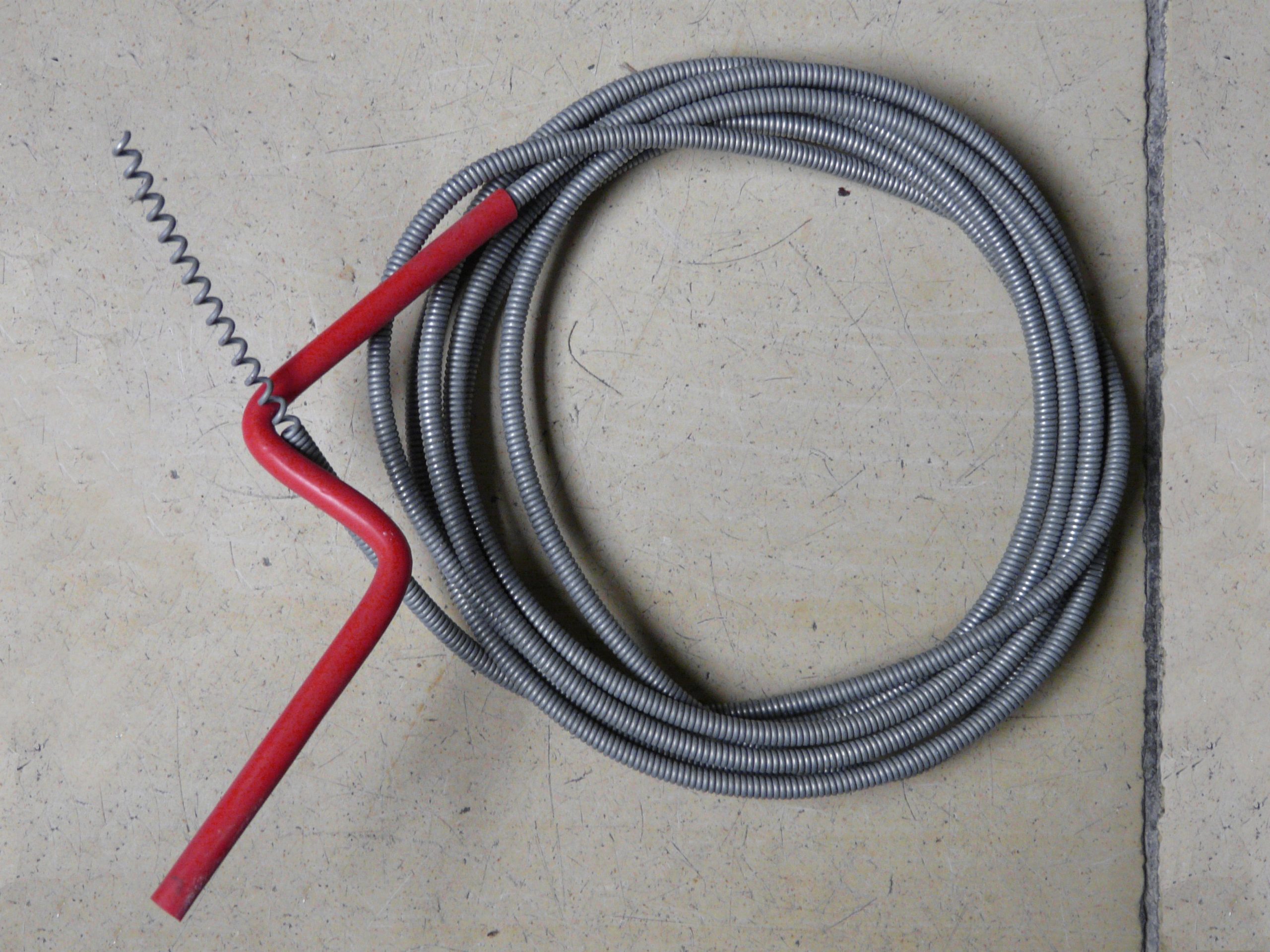



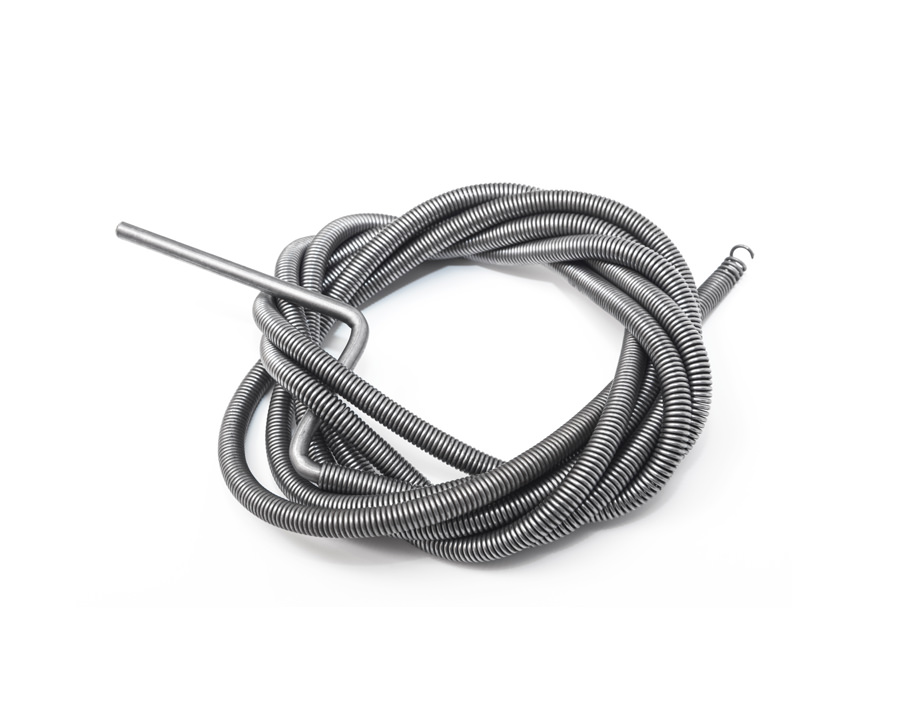
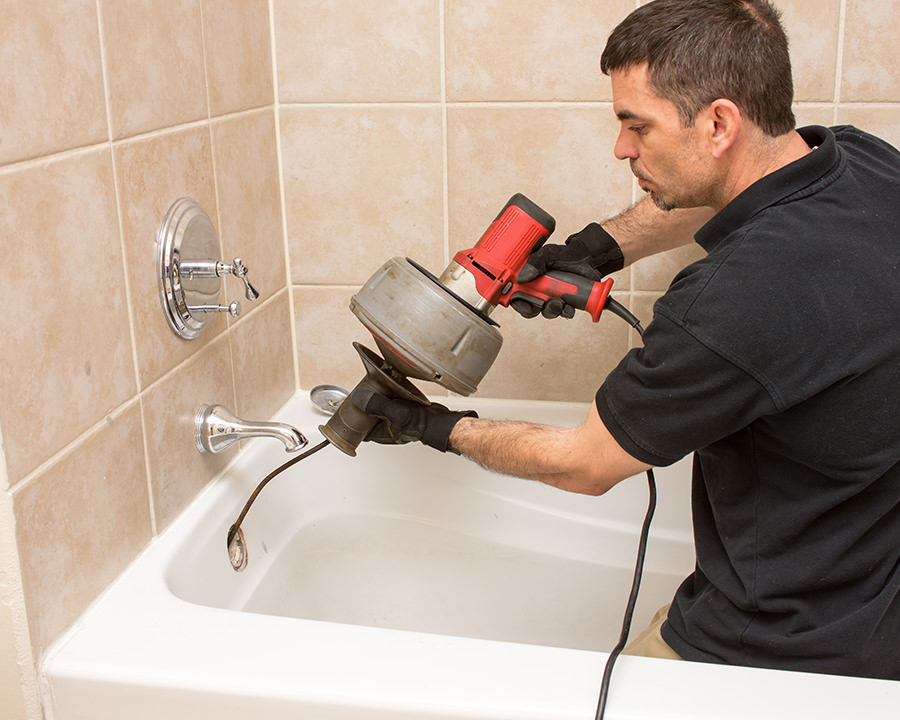






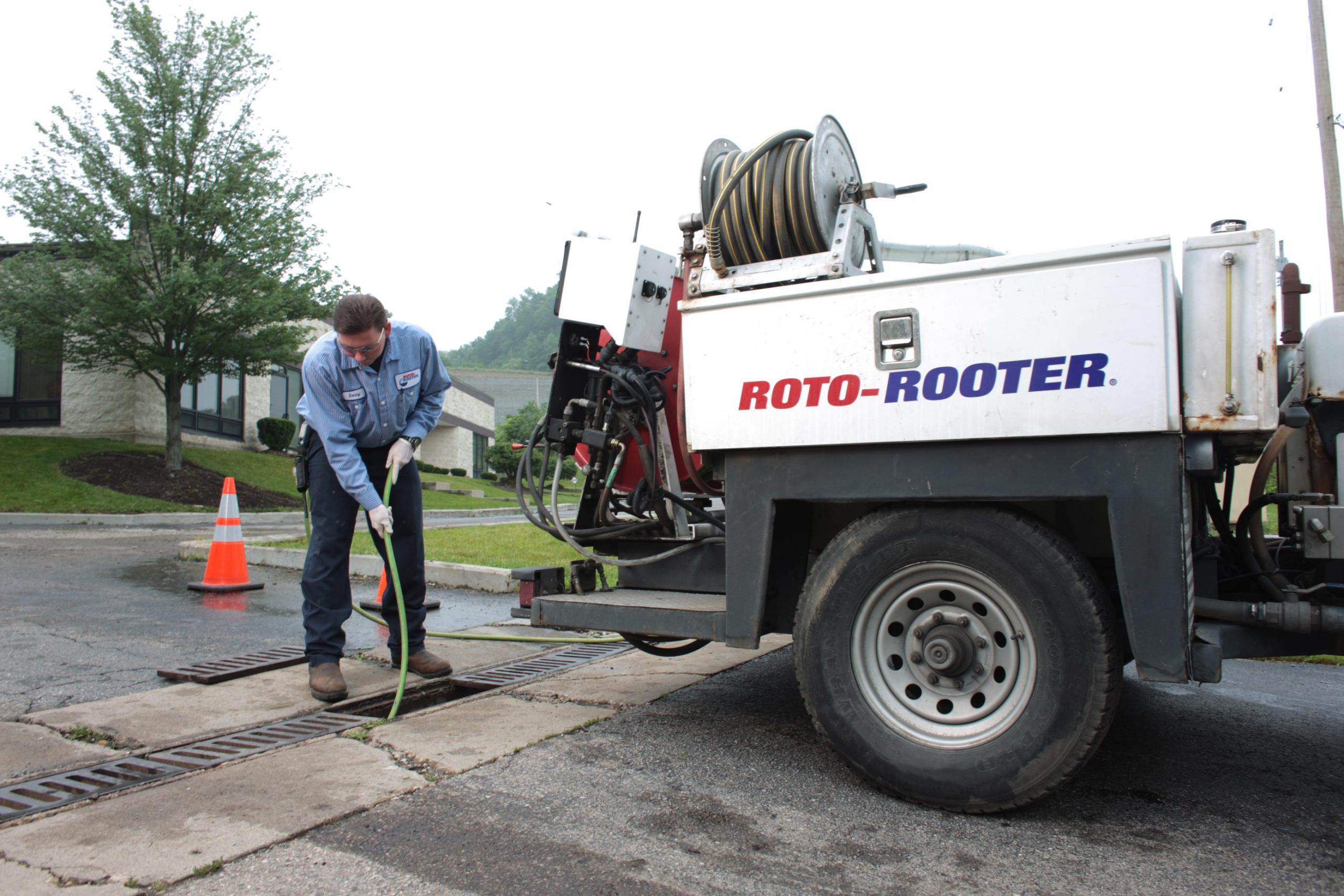

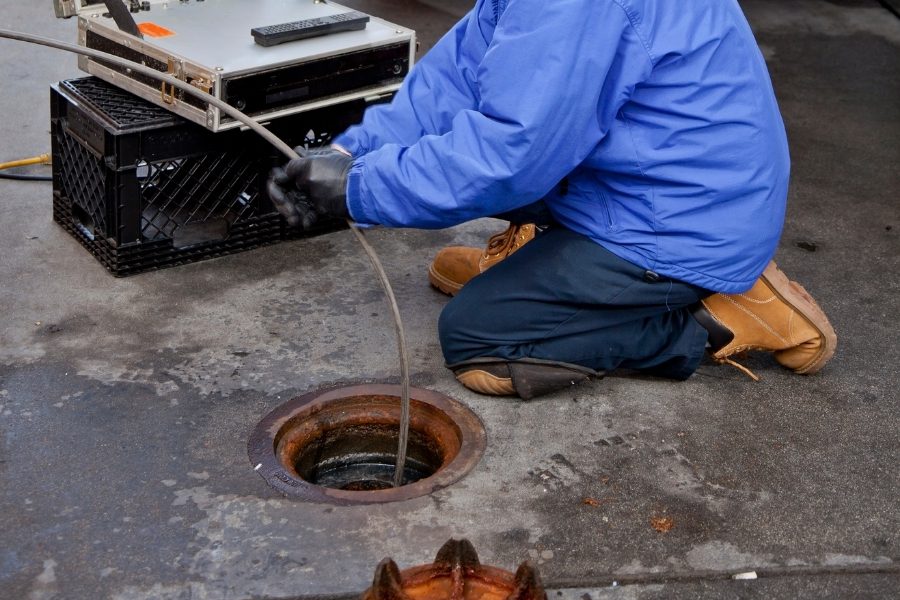
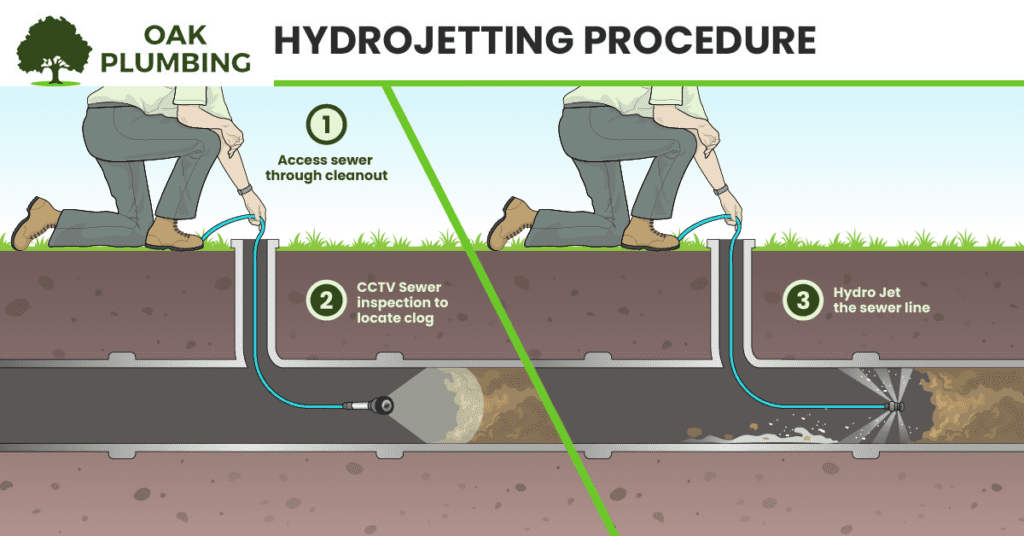
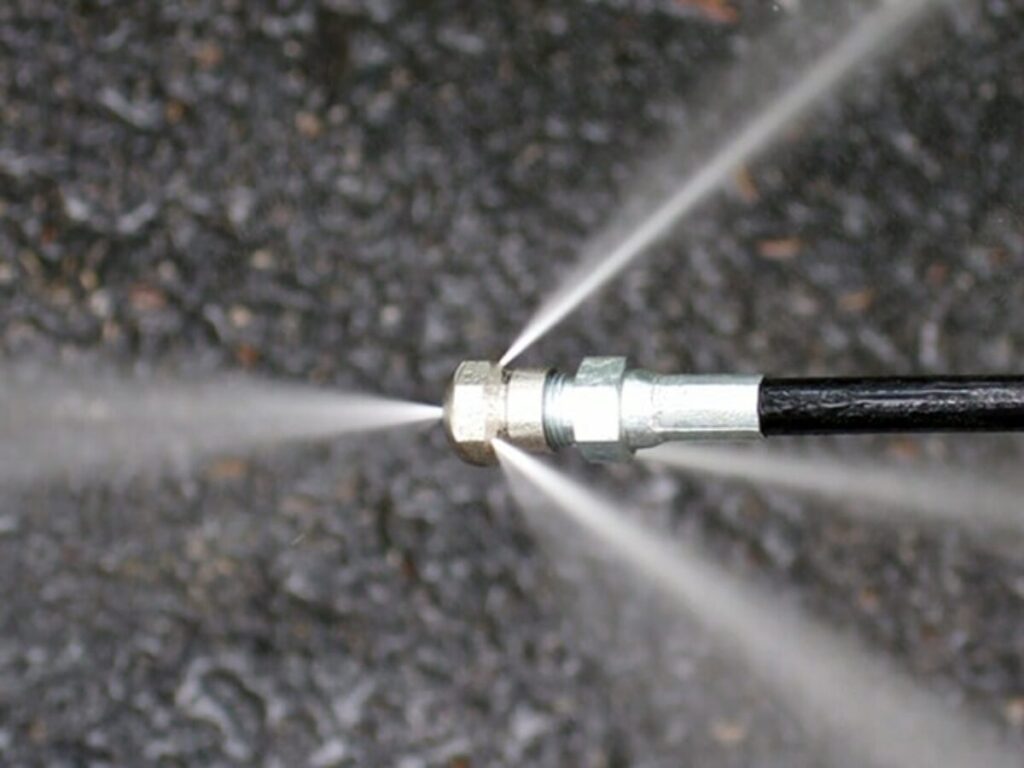
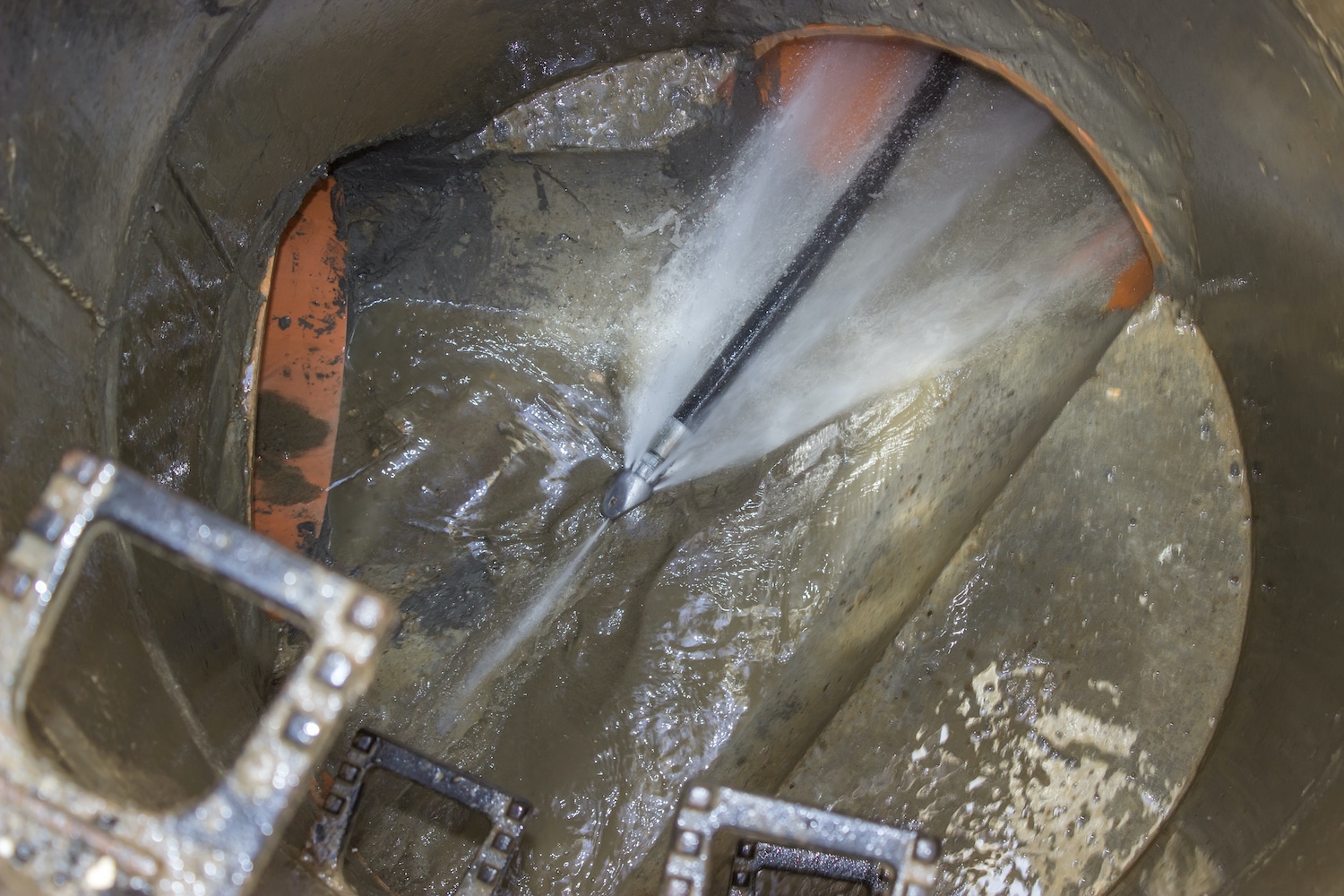

.png)


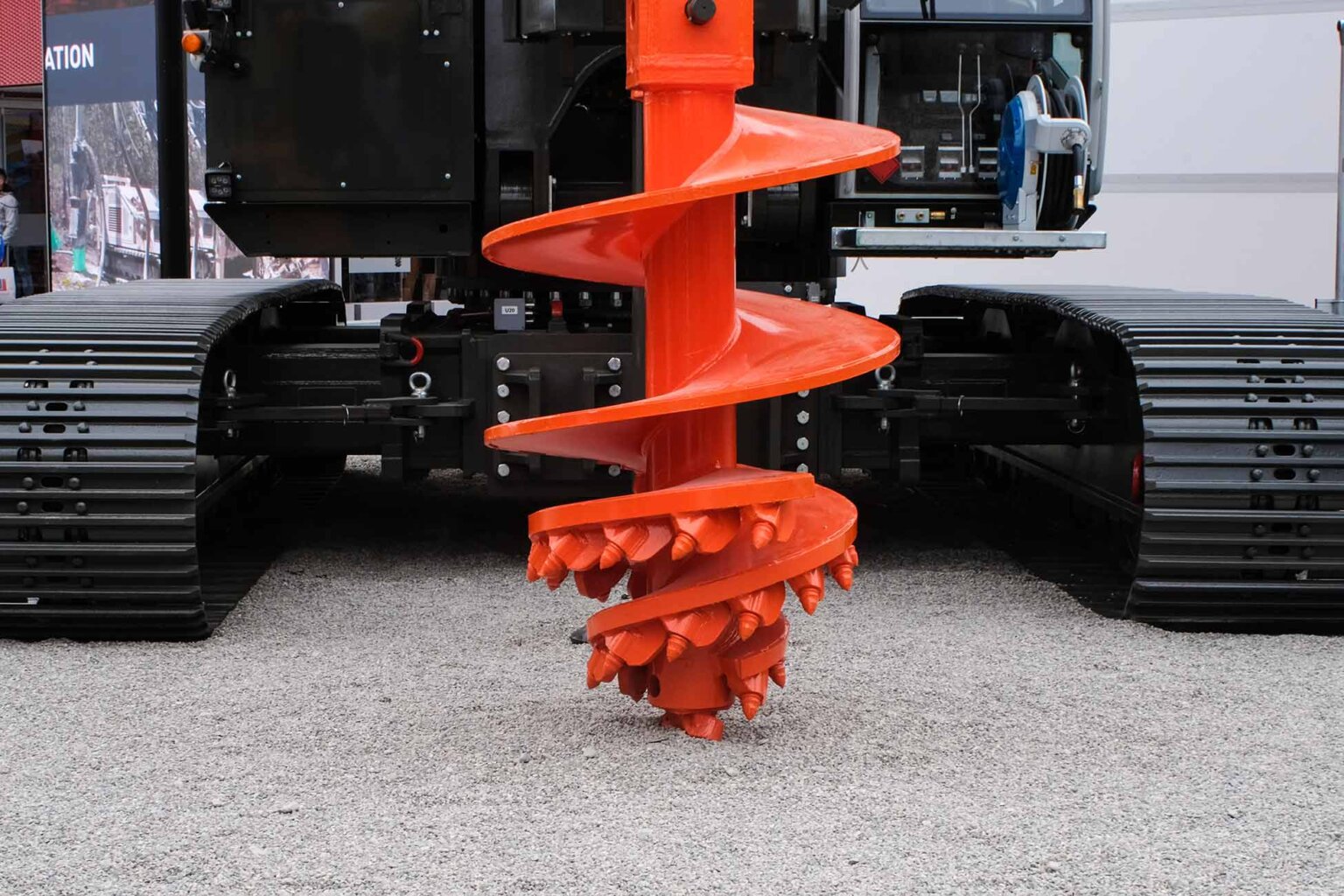
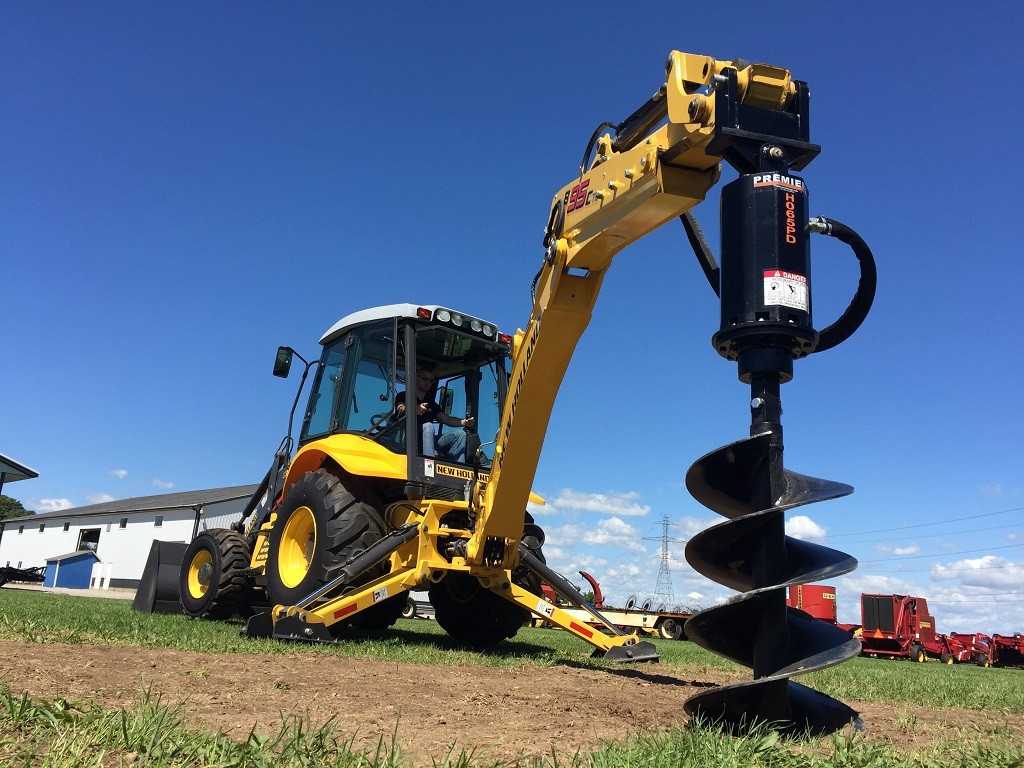

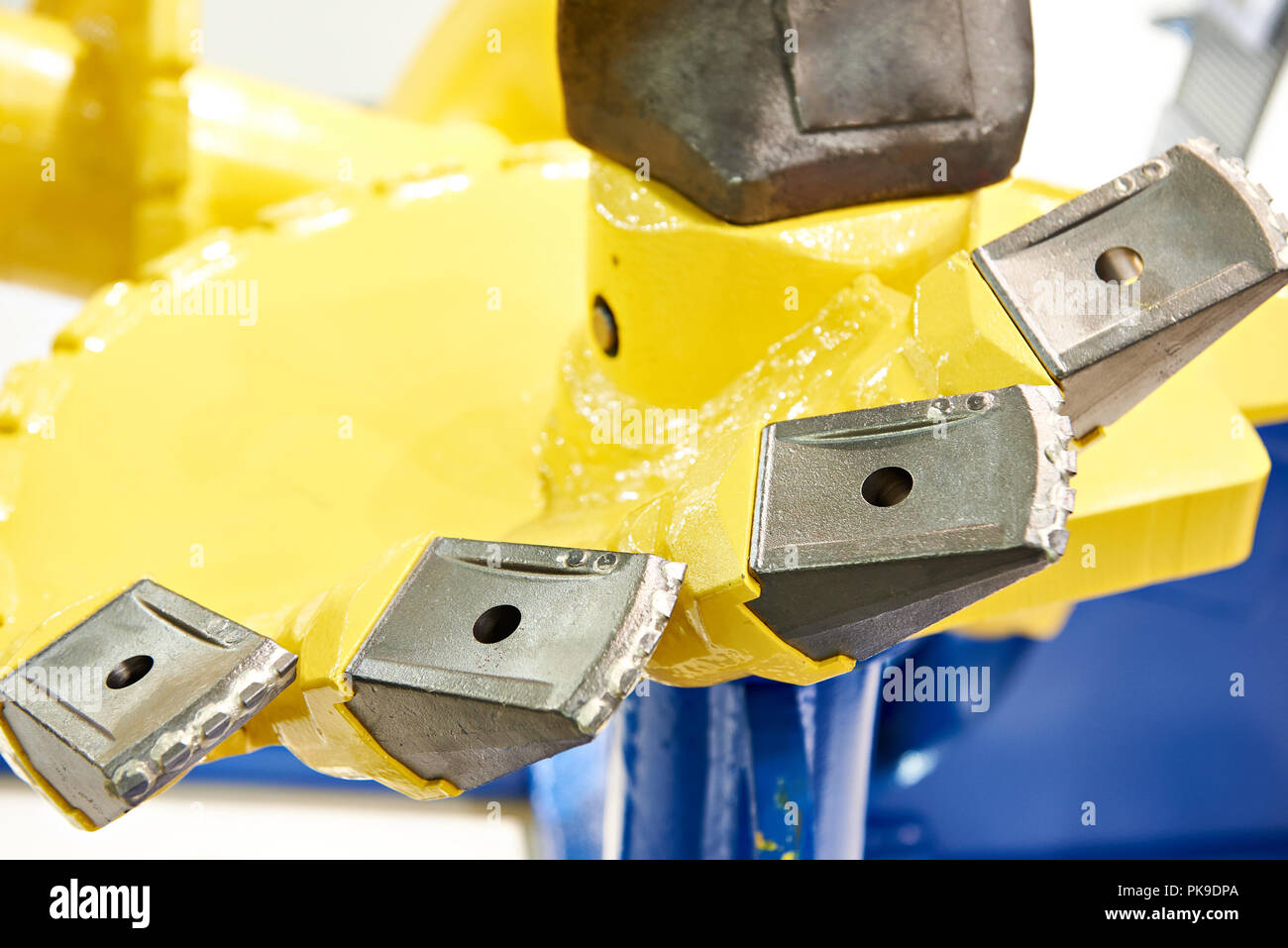
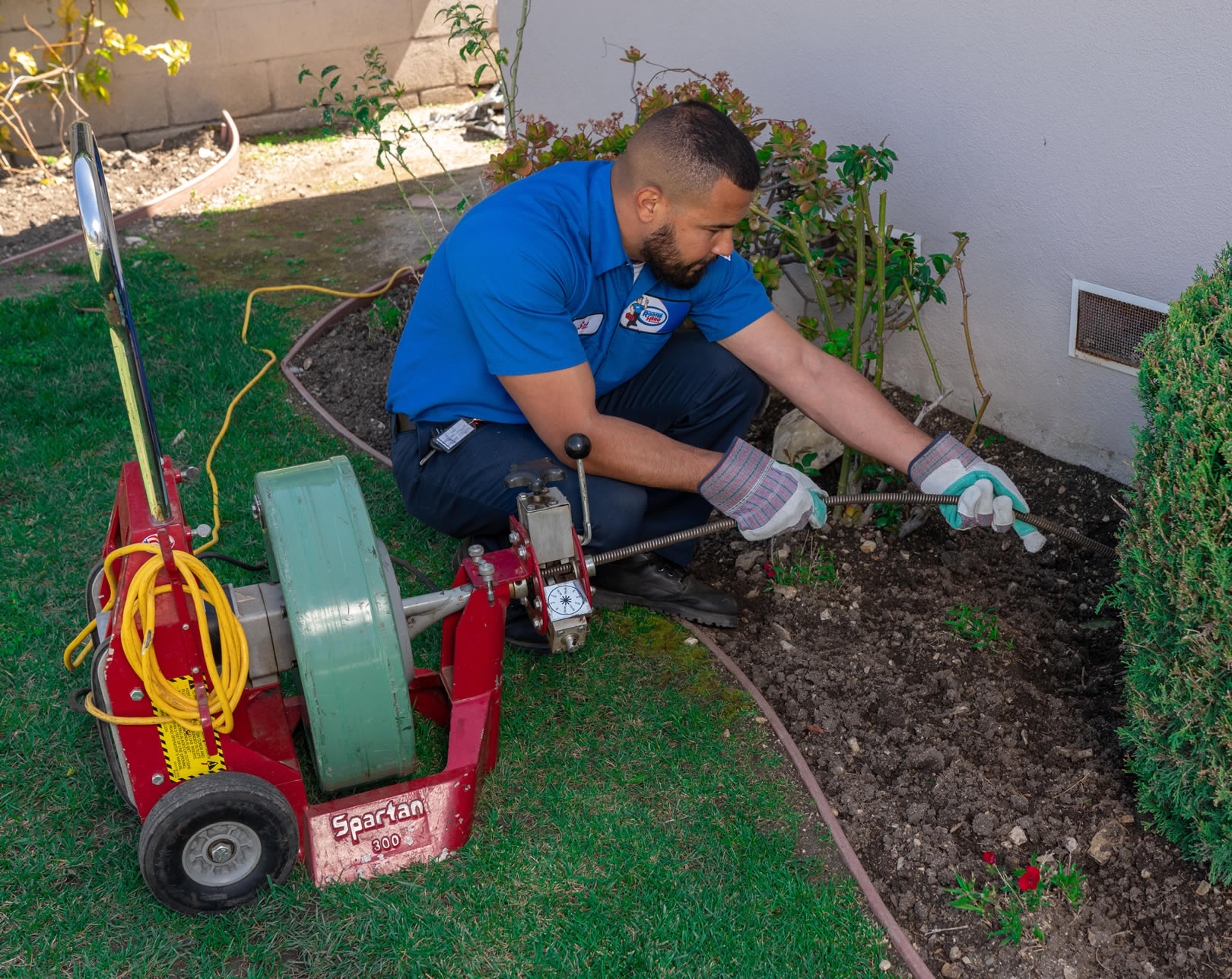

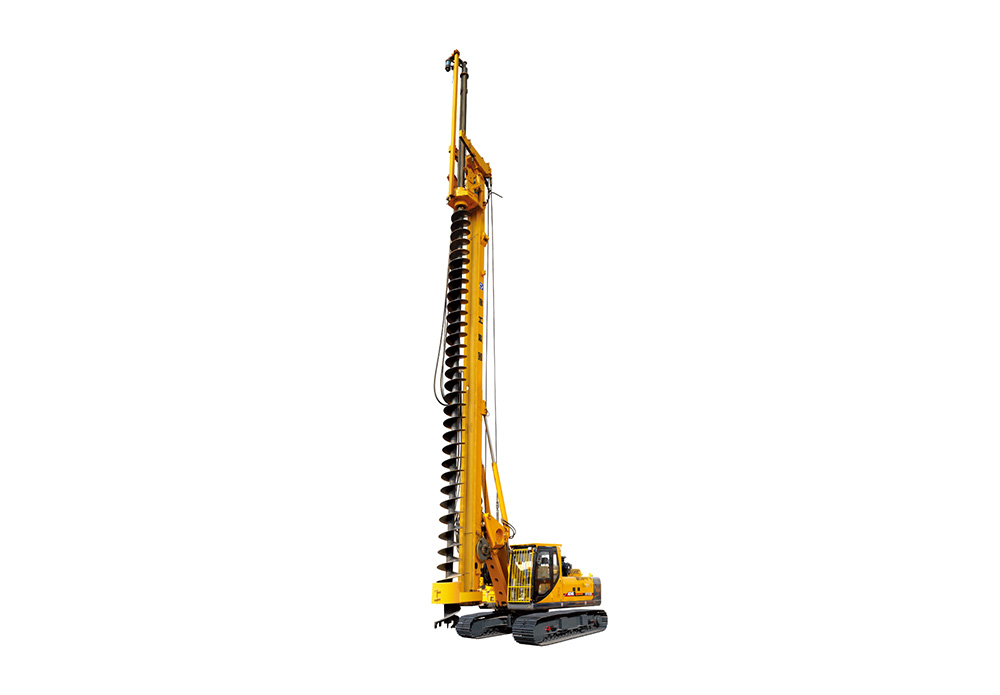





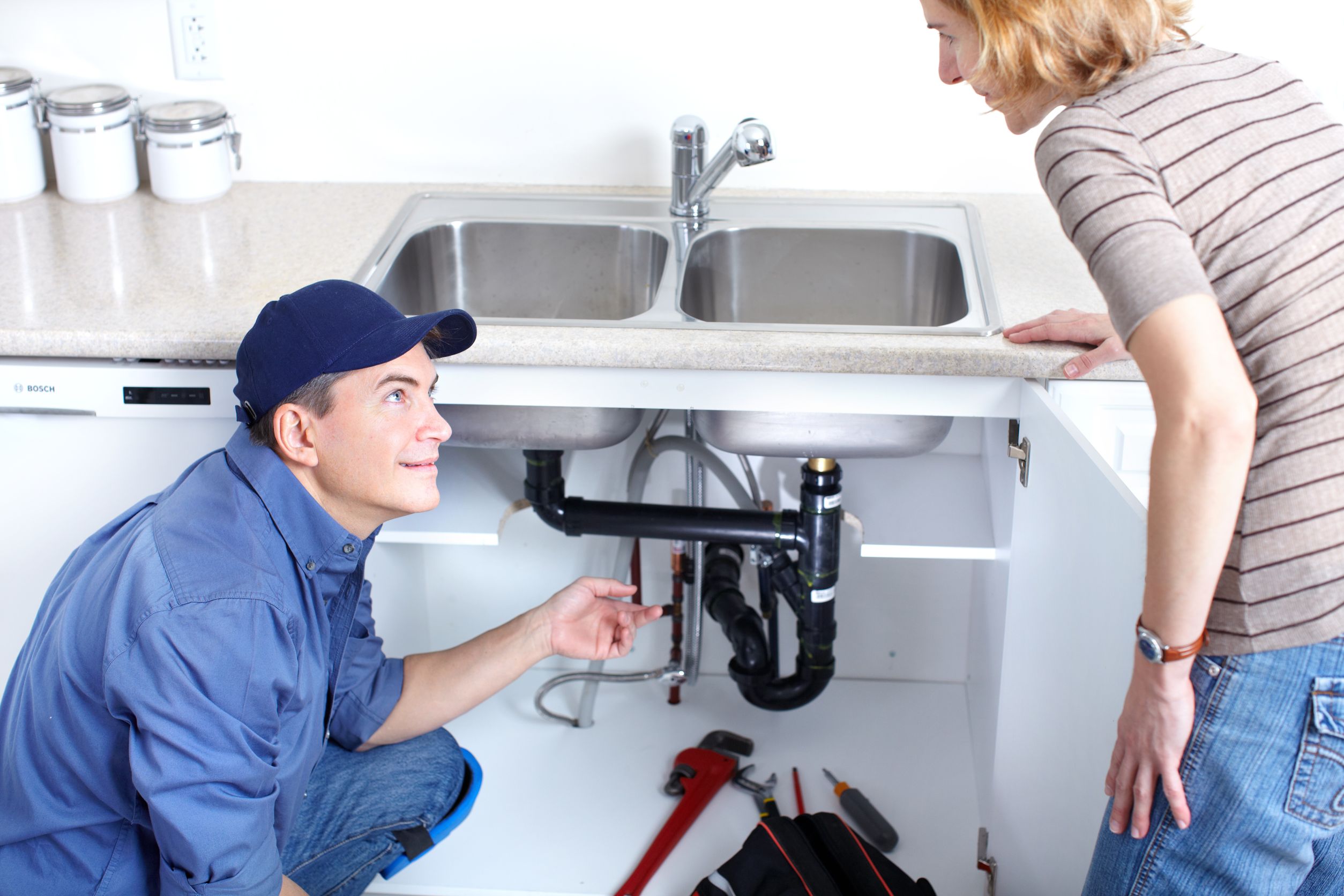
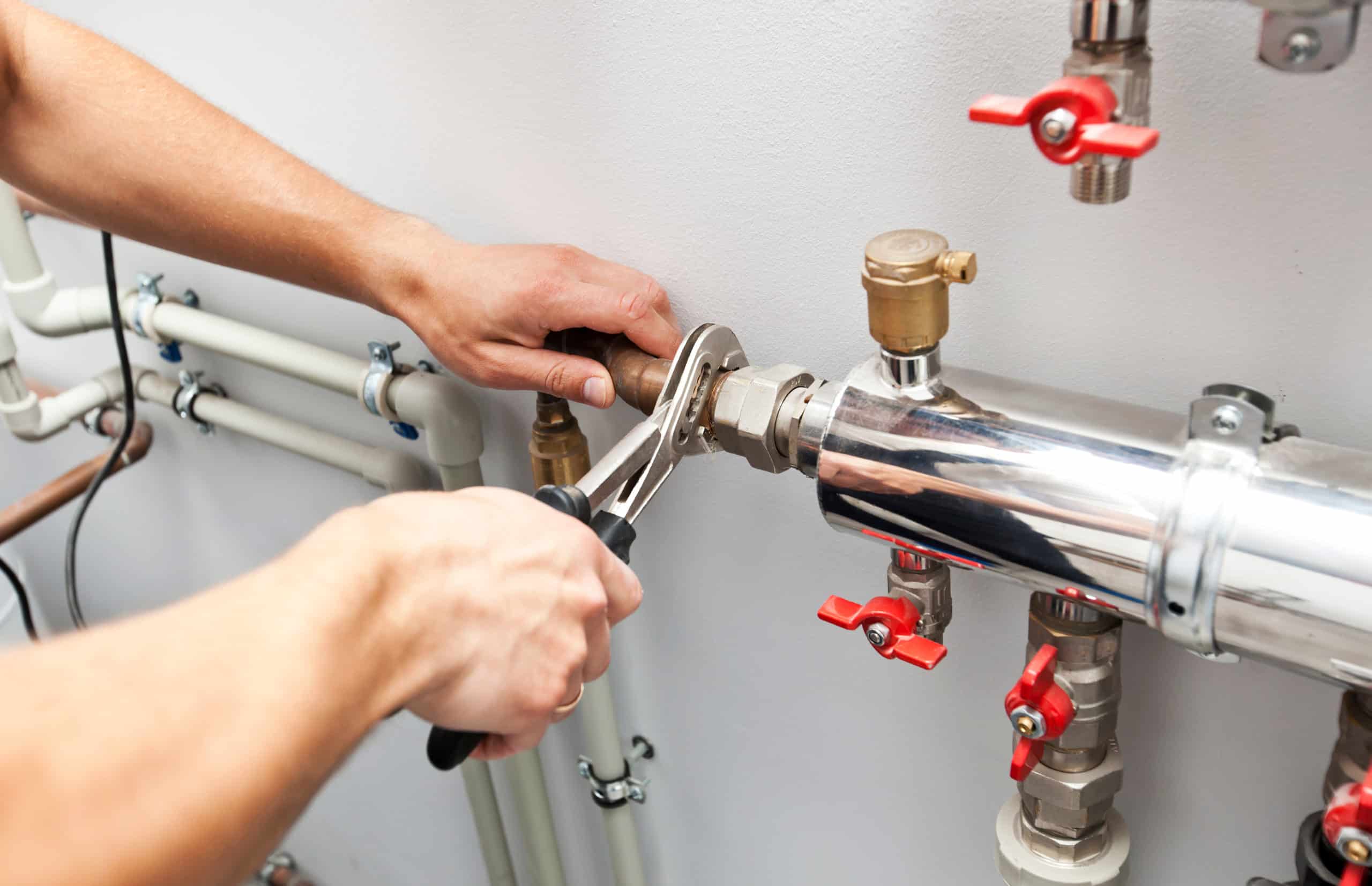

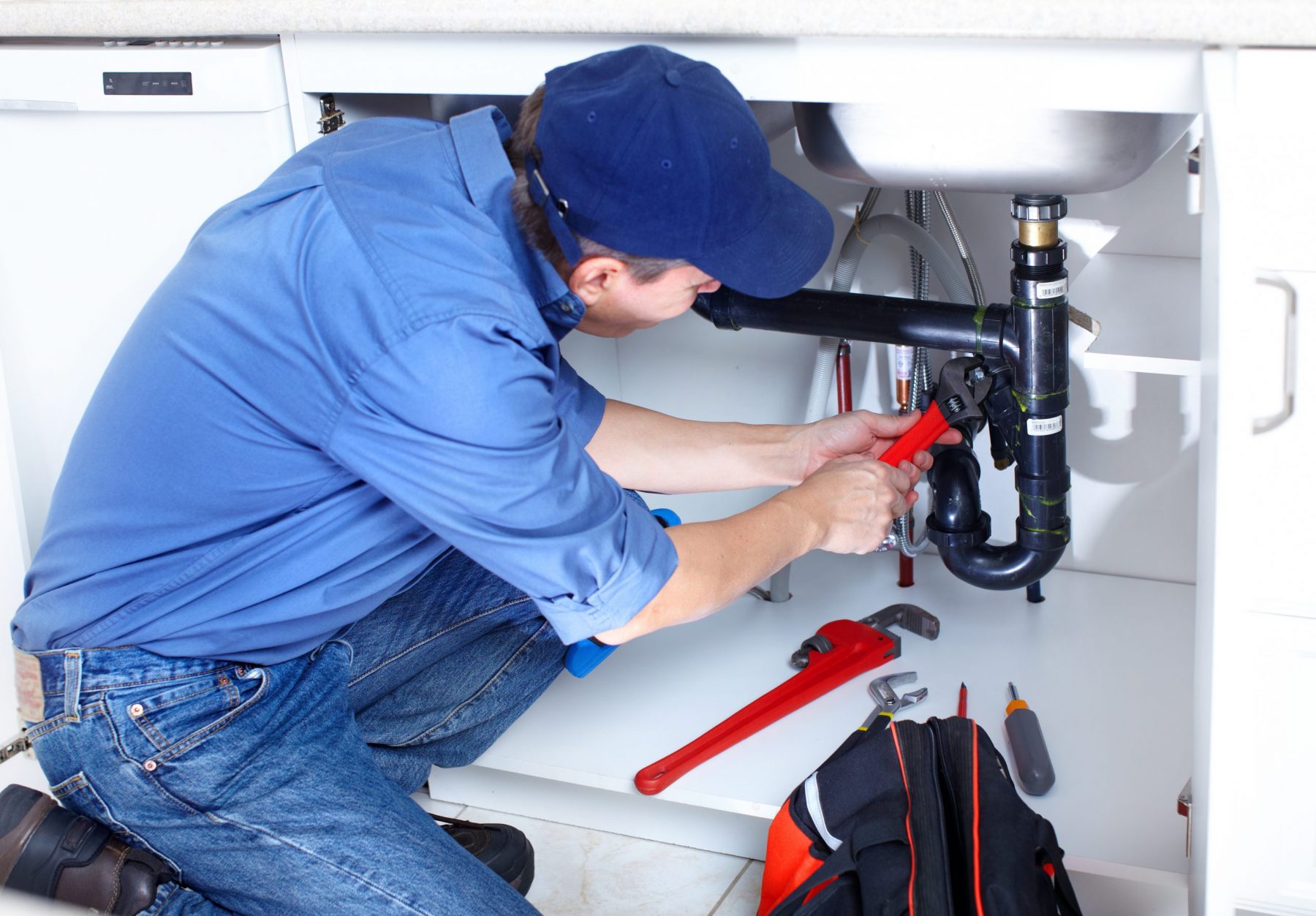
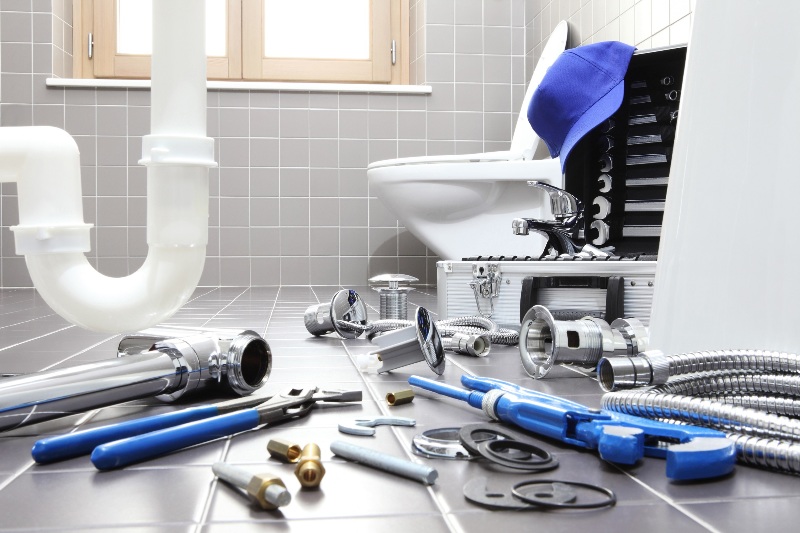
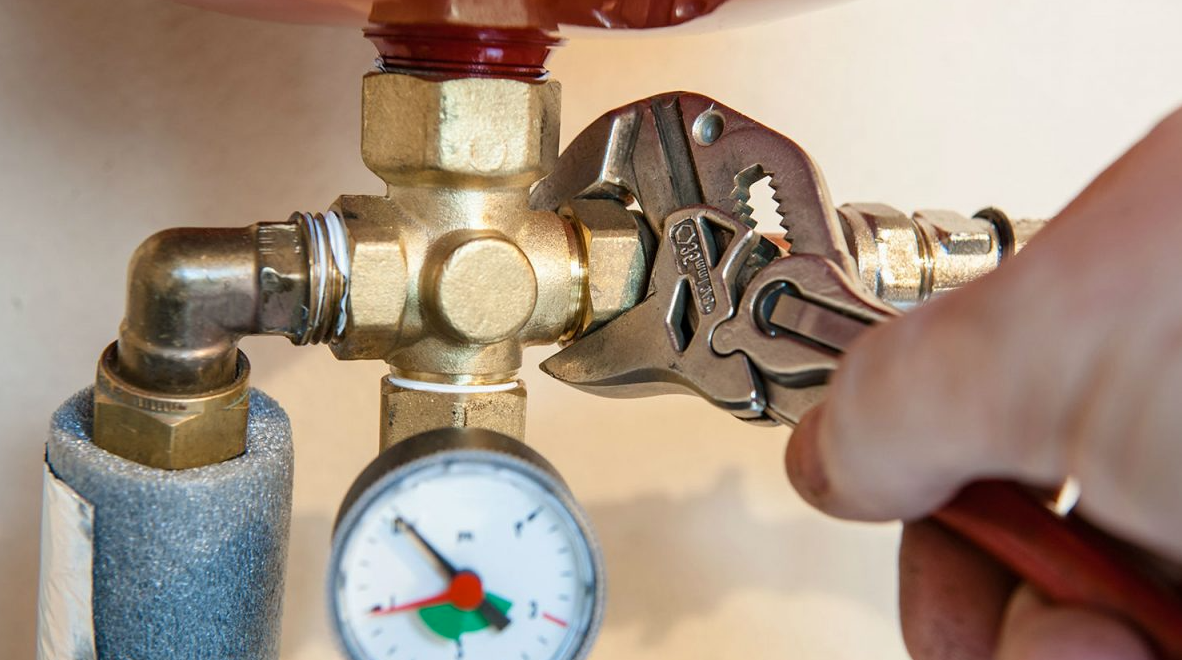







:max_bytes(150000):strip_icc()/Elegant-Gray-Living-Room-Cherie-Lee-Interiors-586ef39b5f9b584db3f8aabf.jpg)
